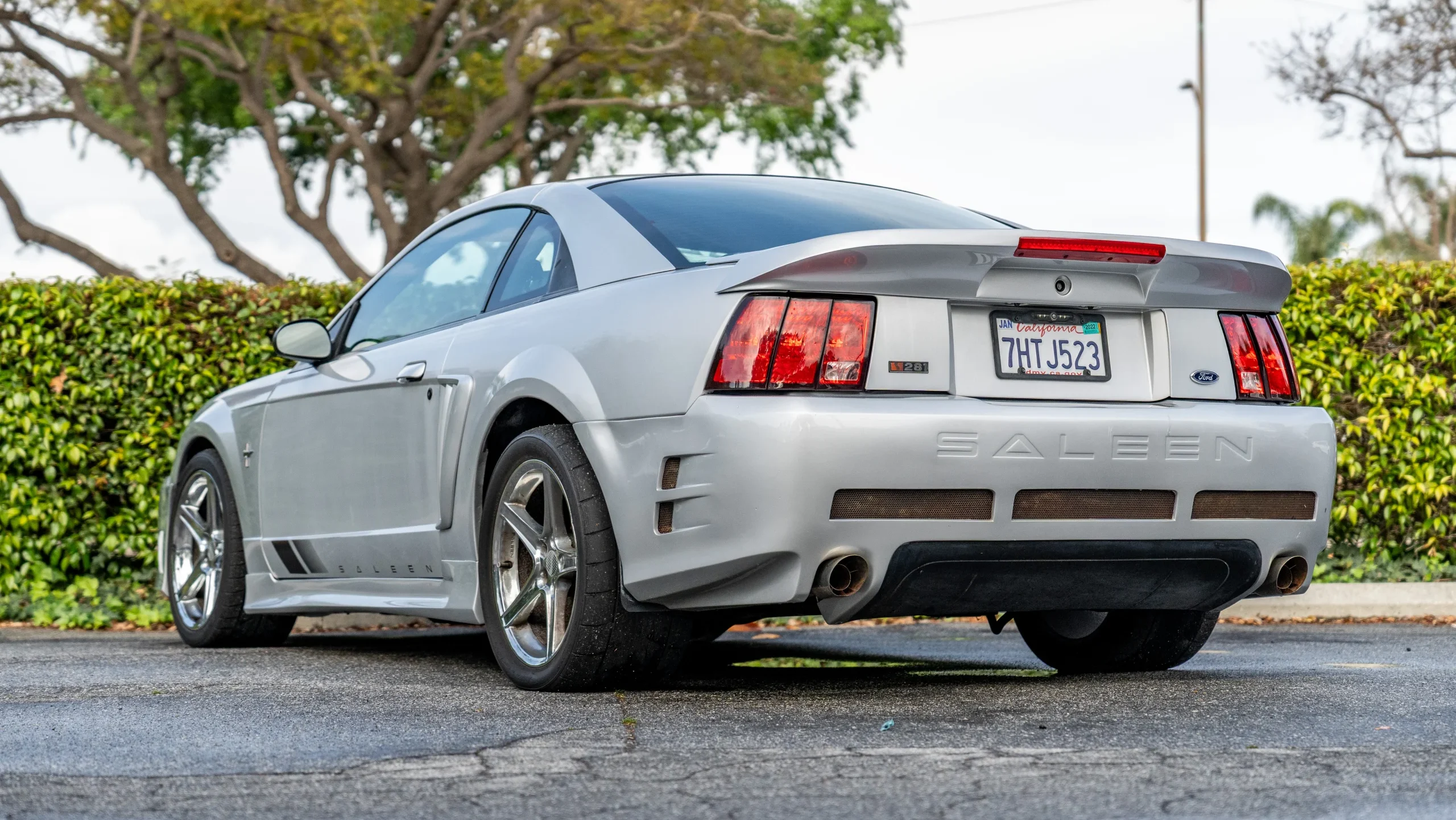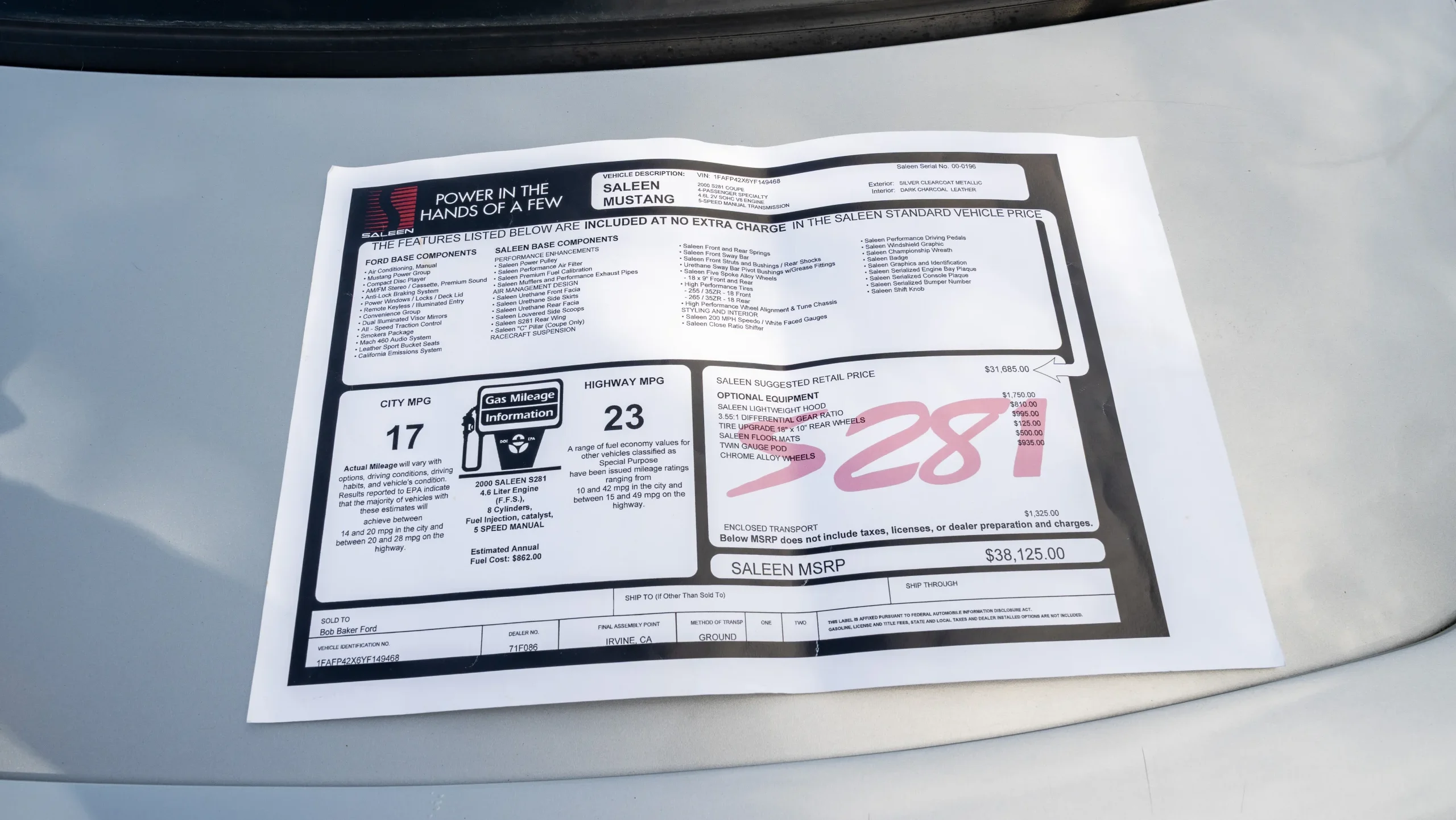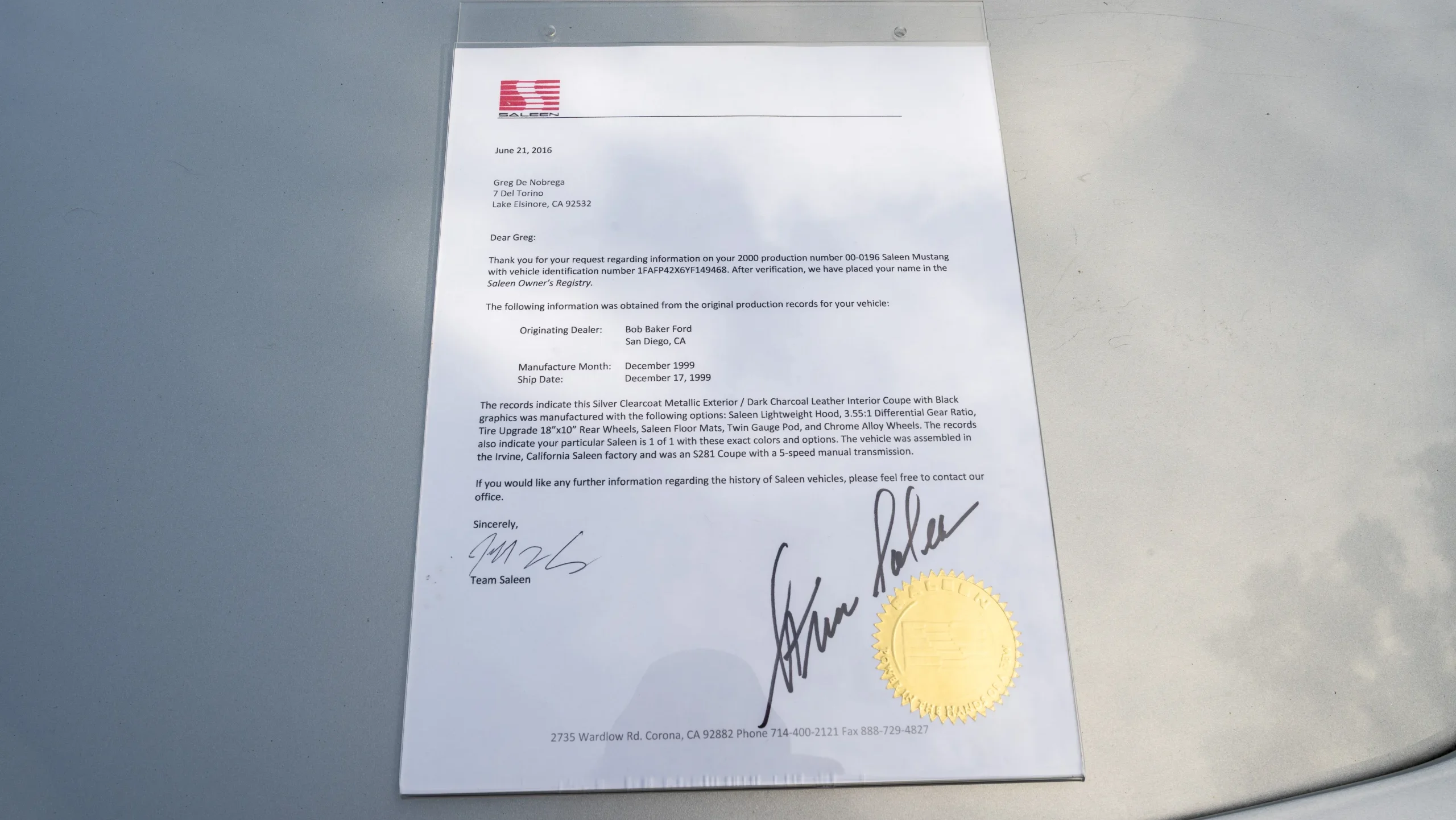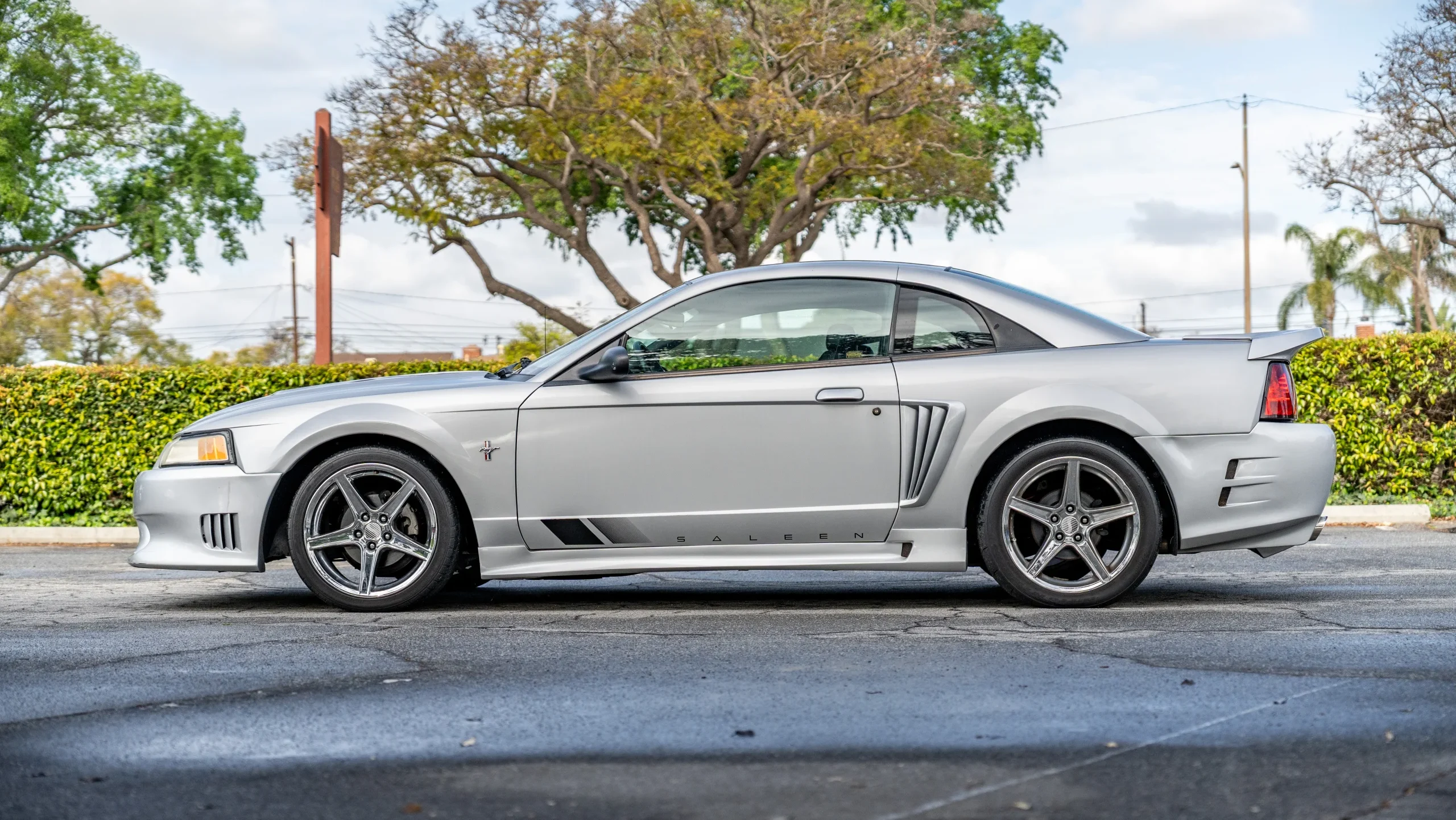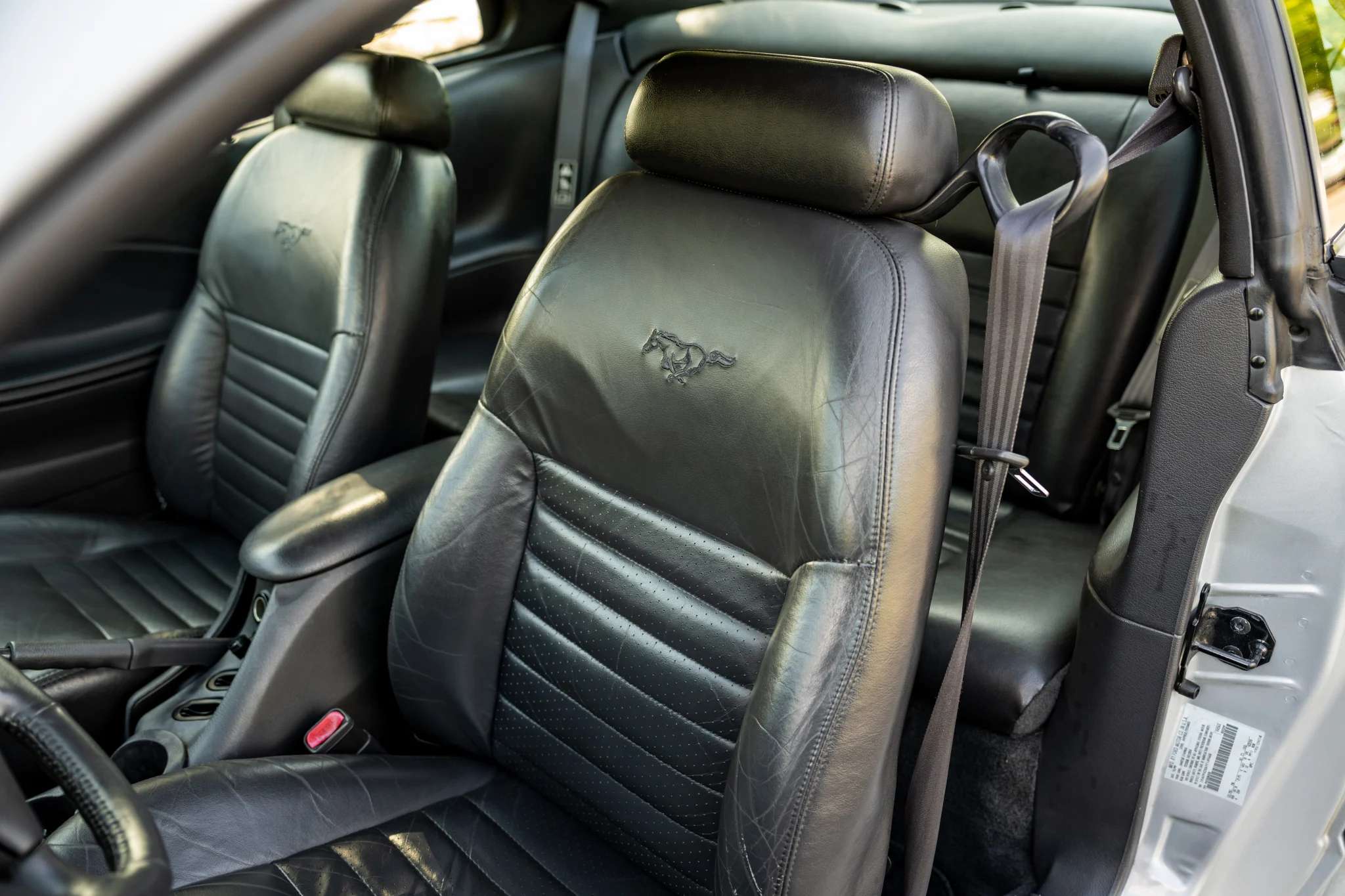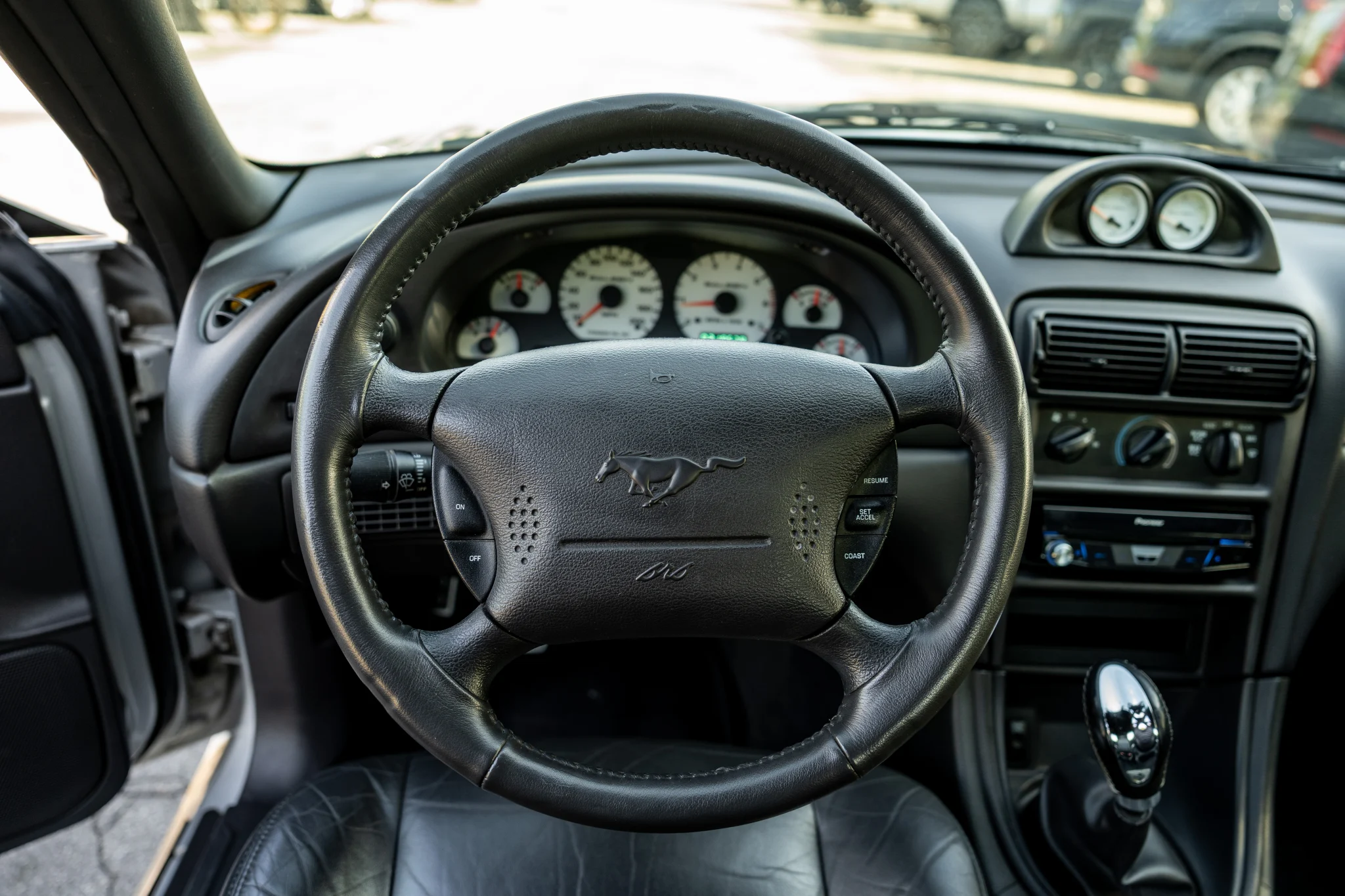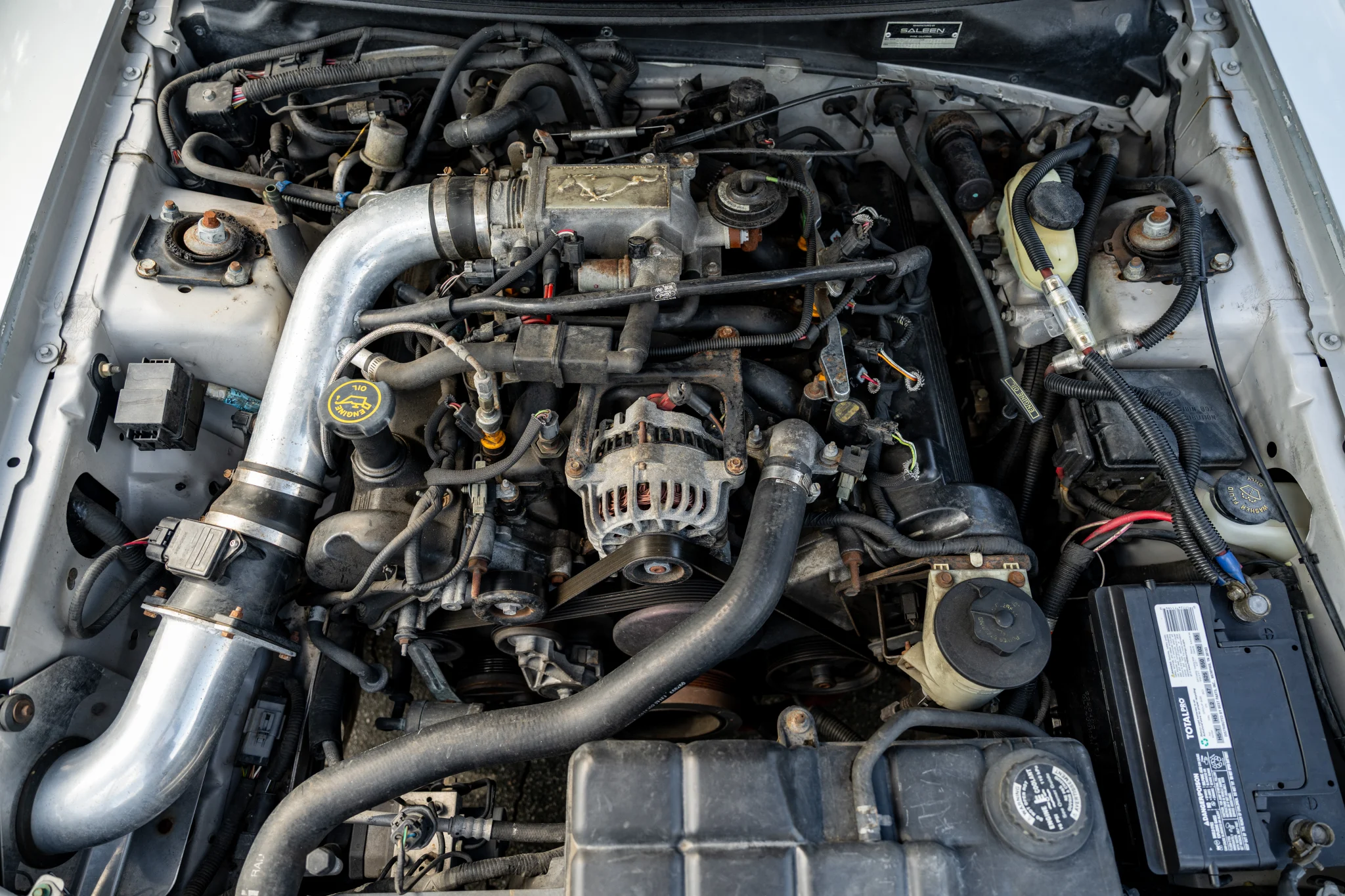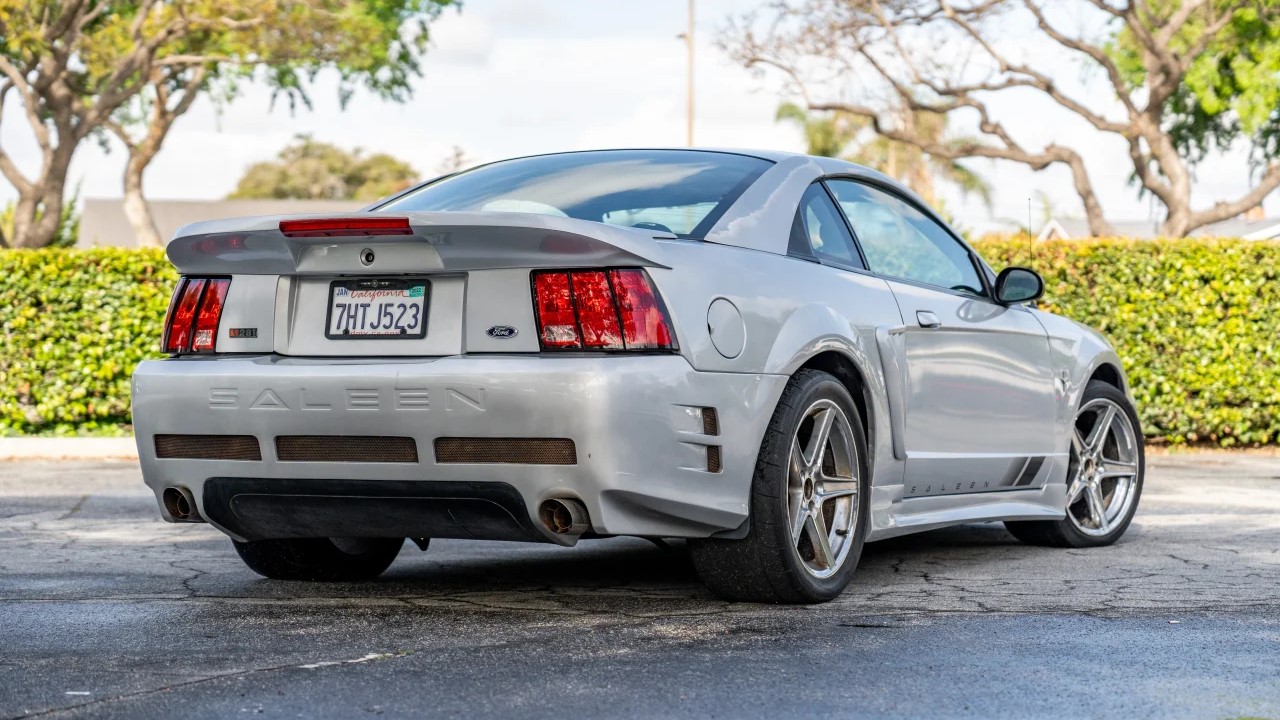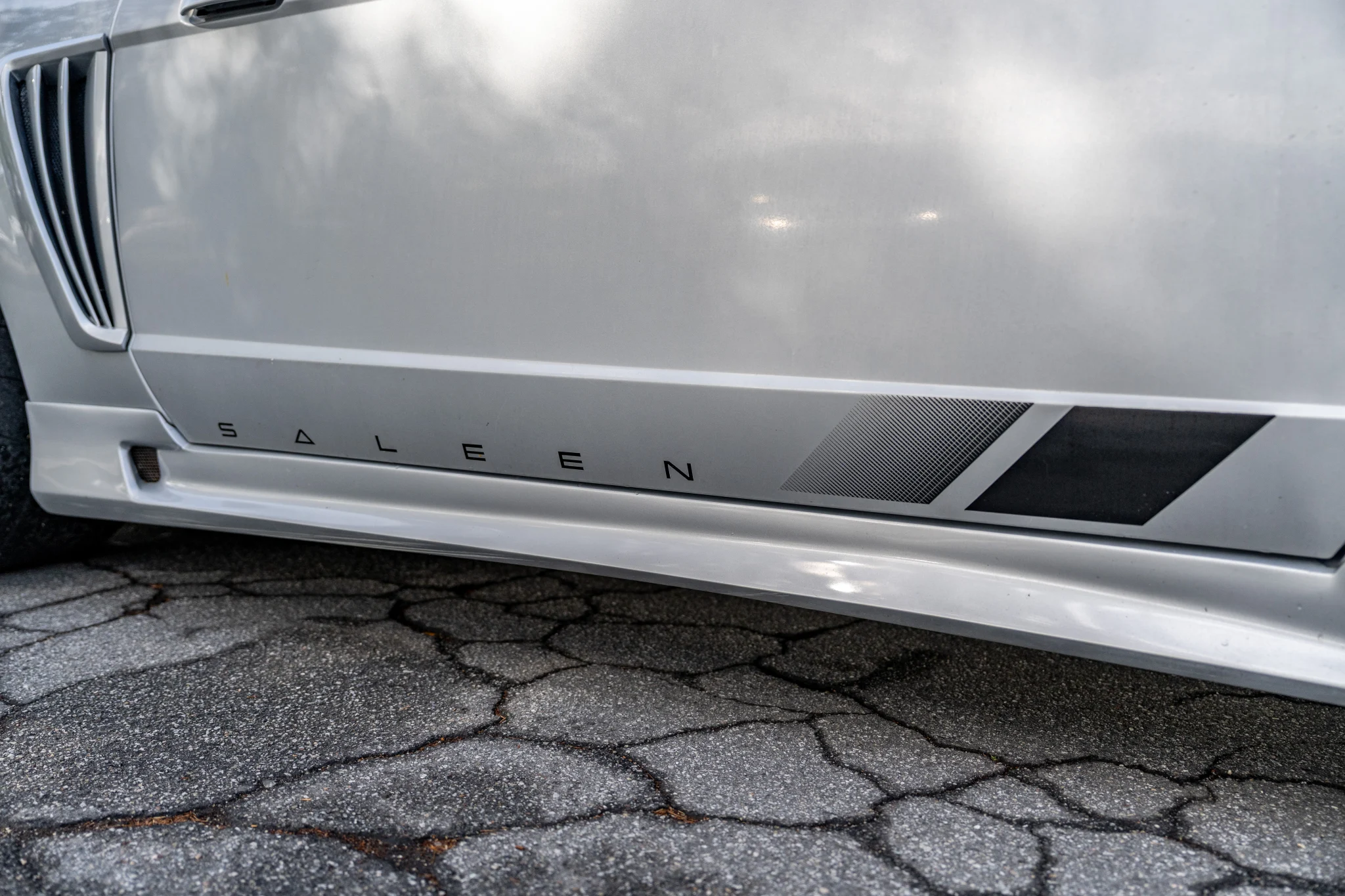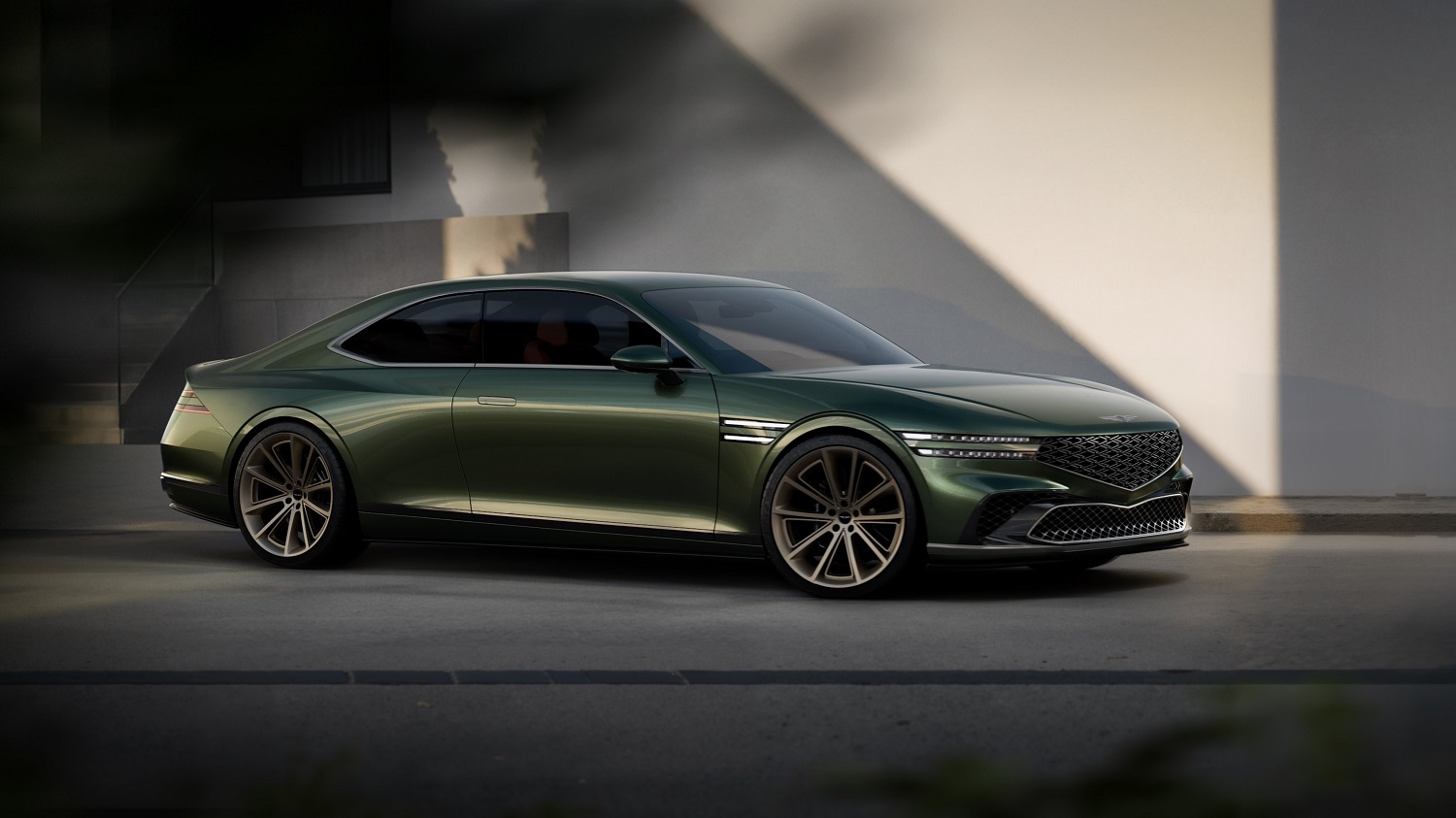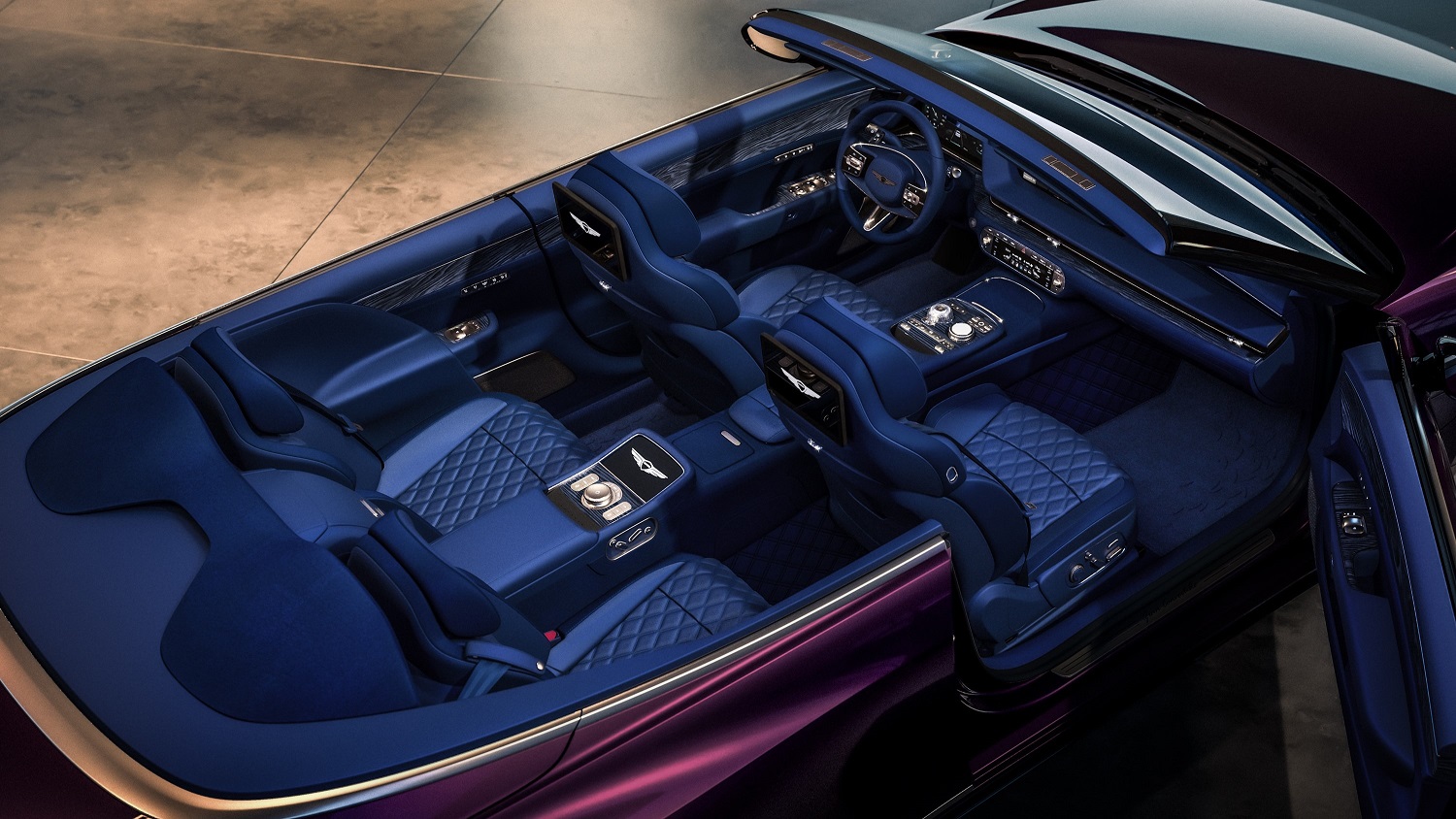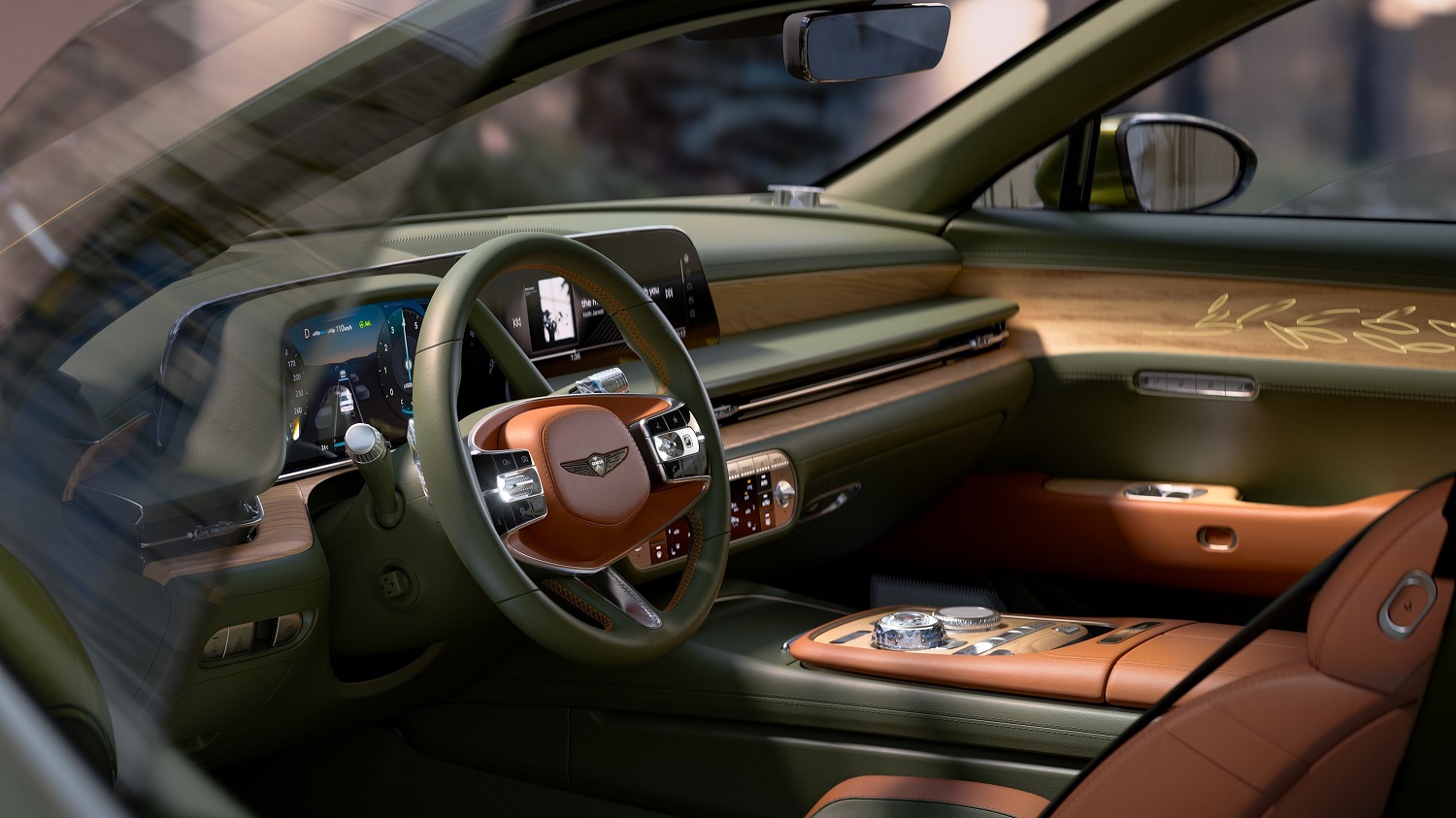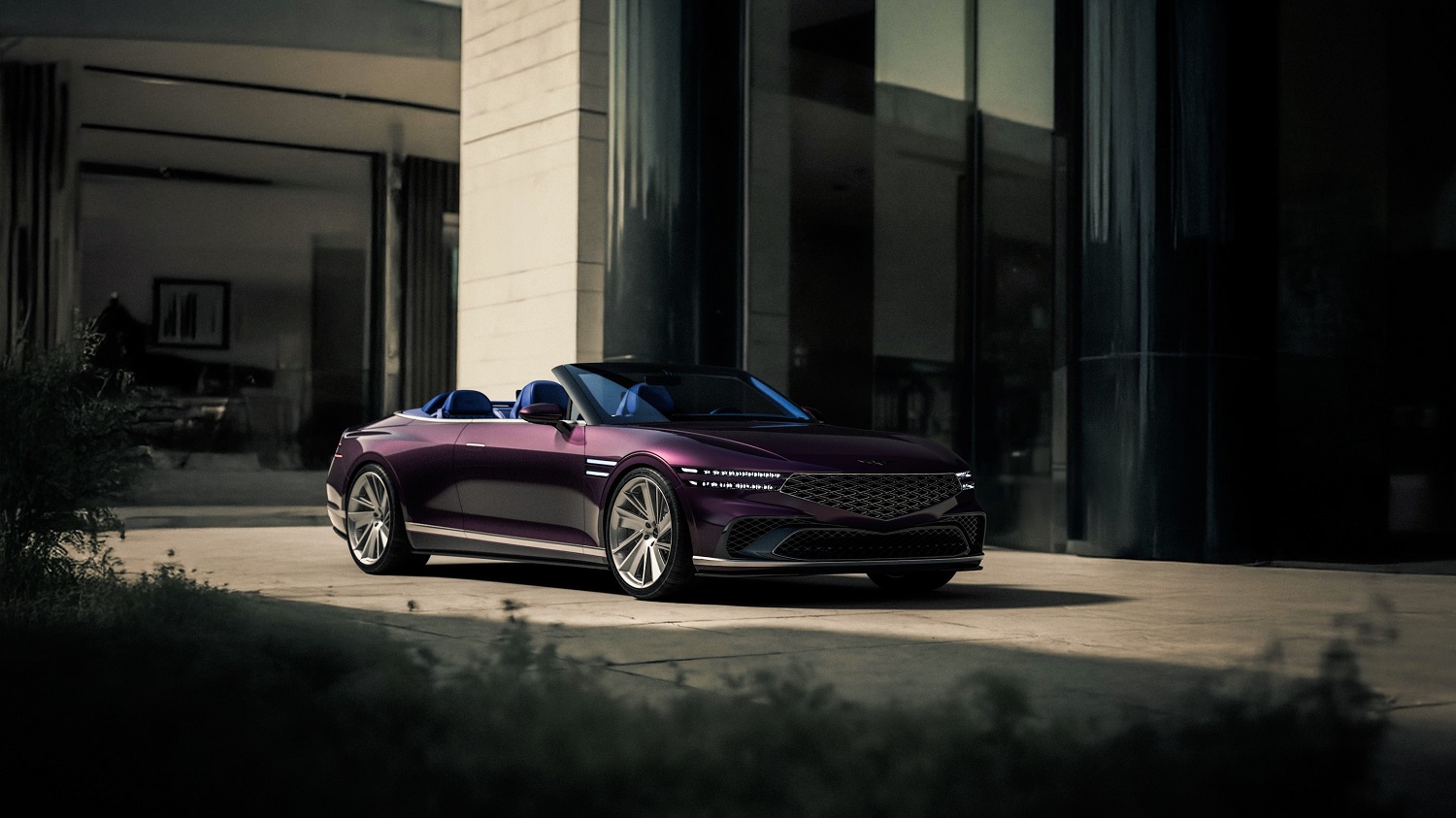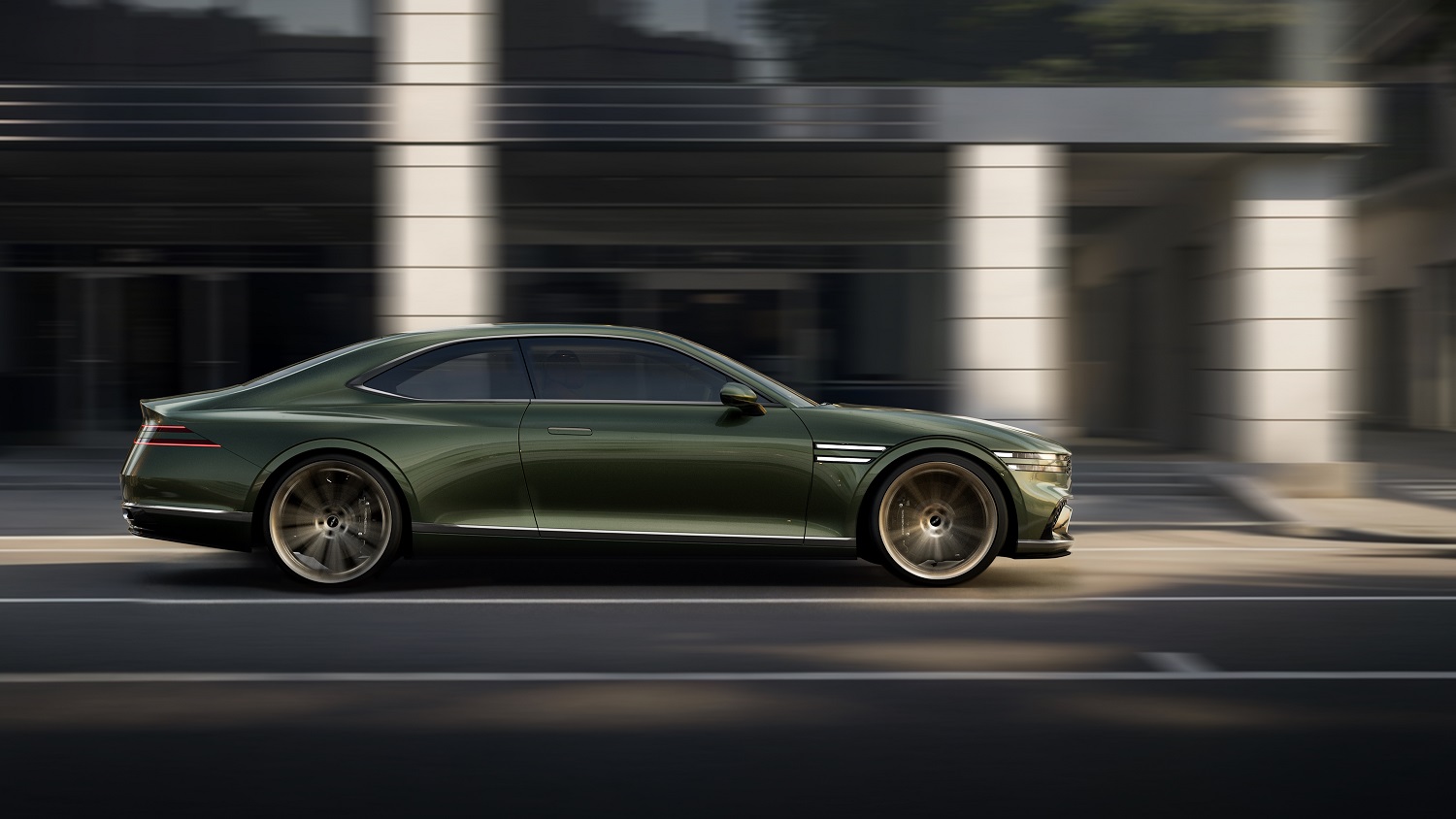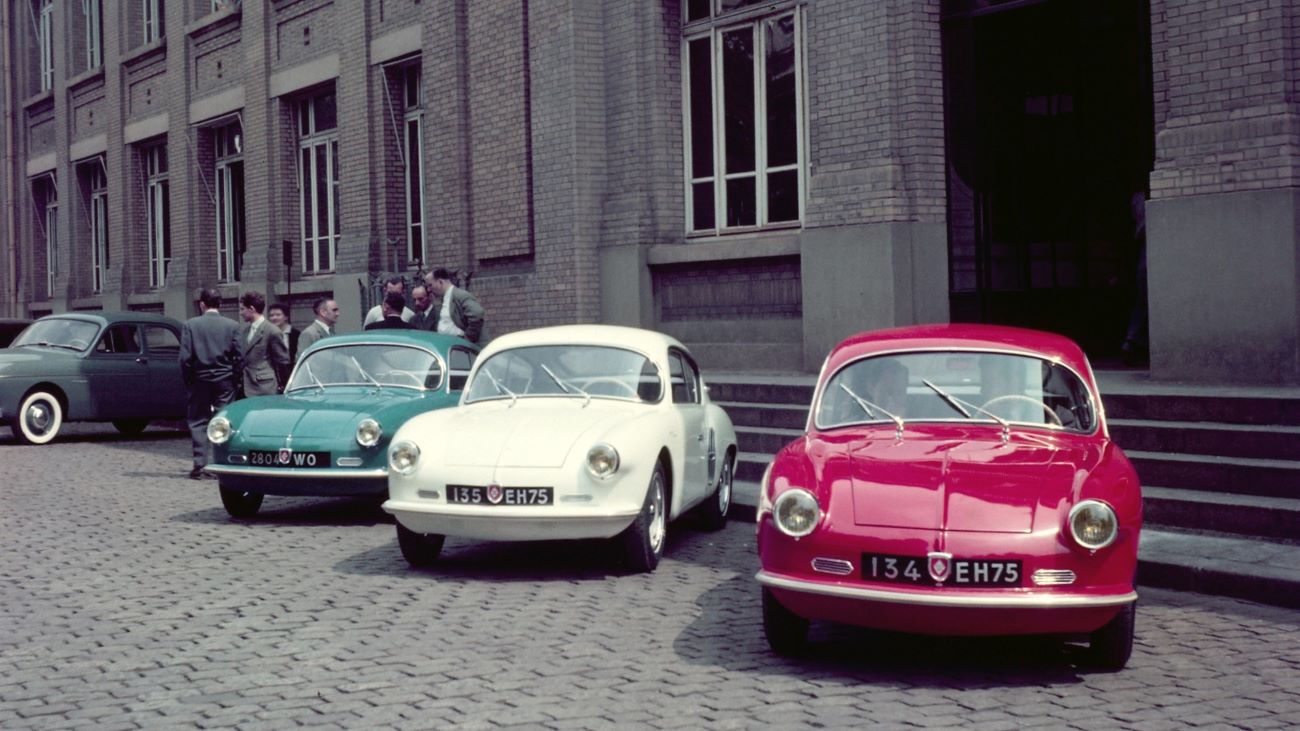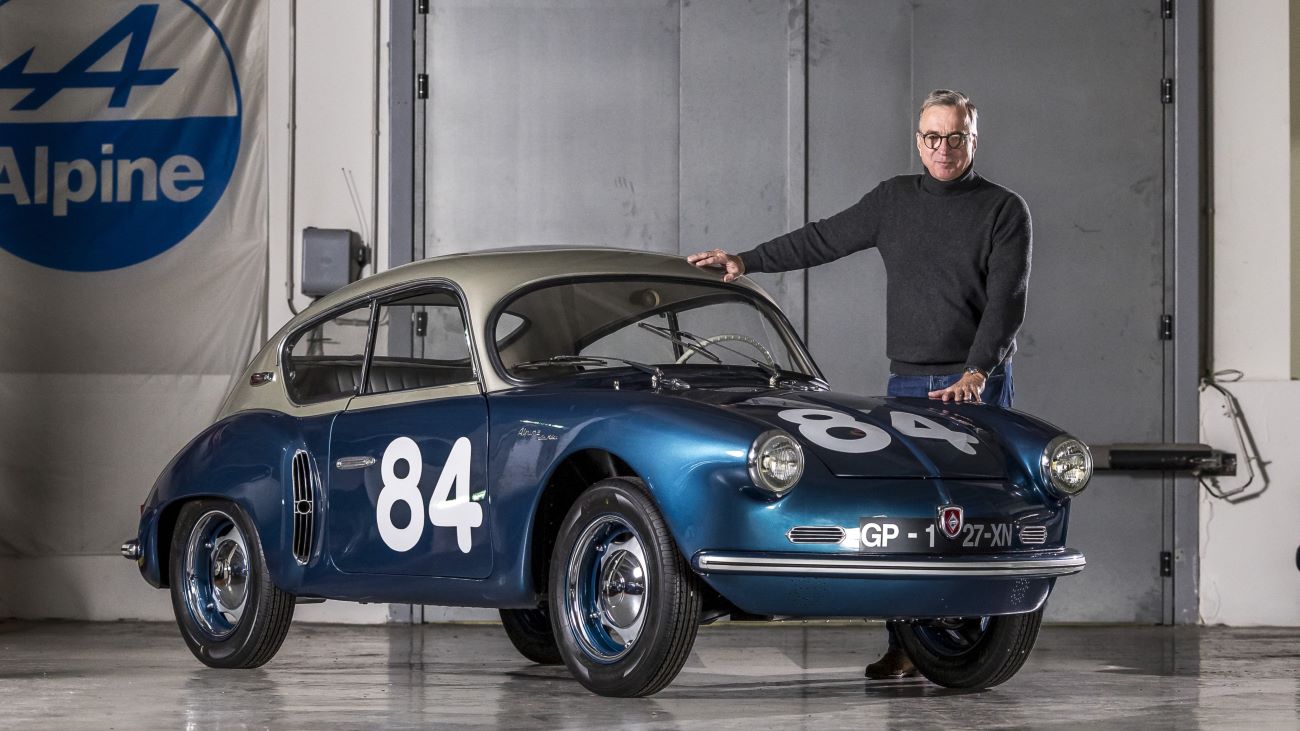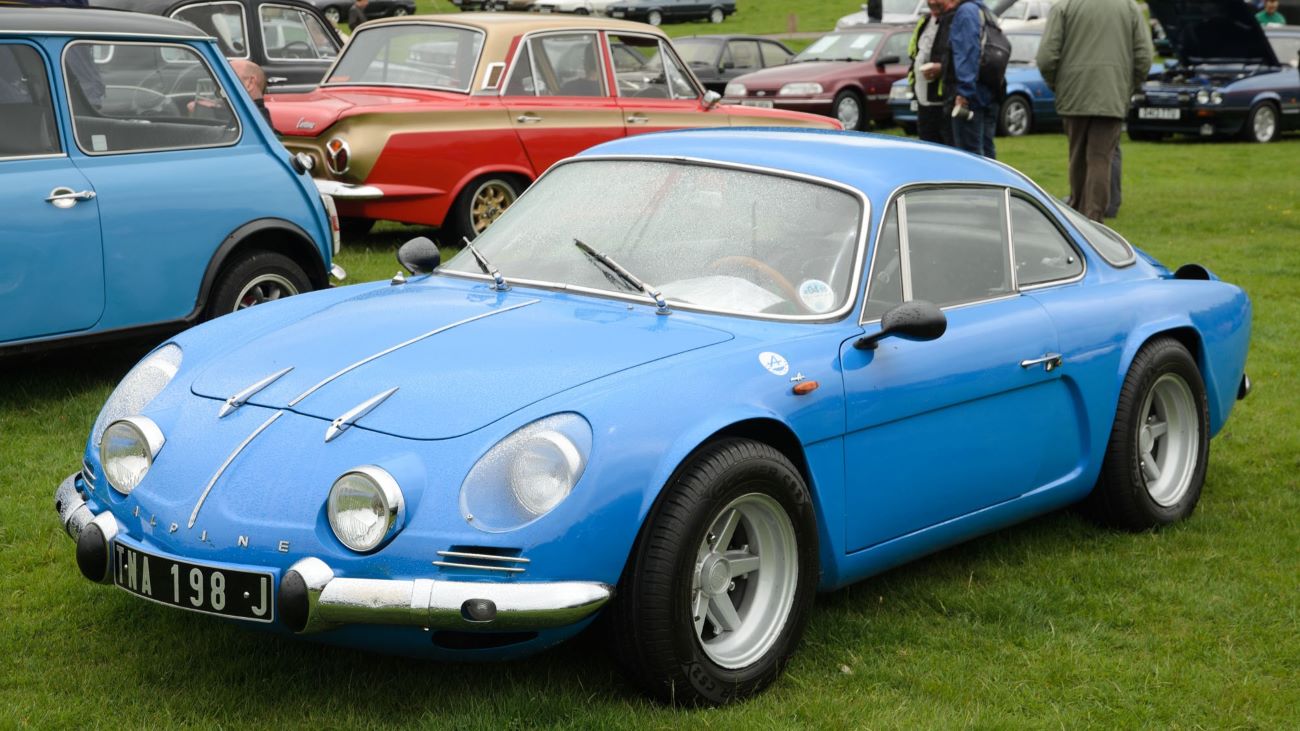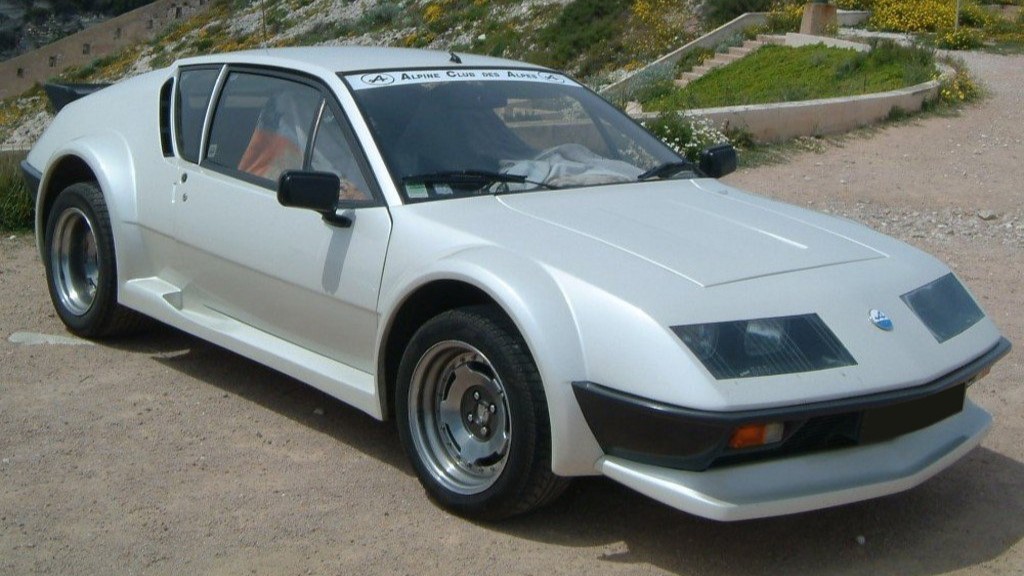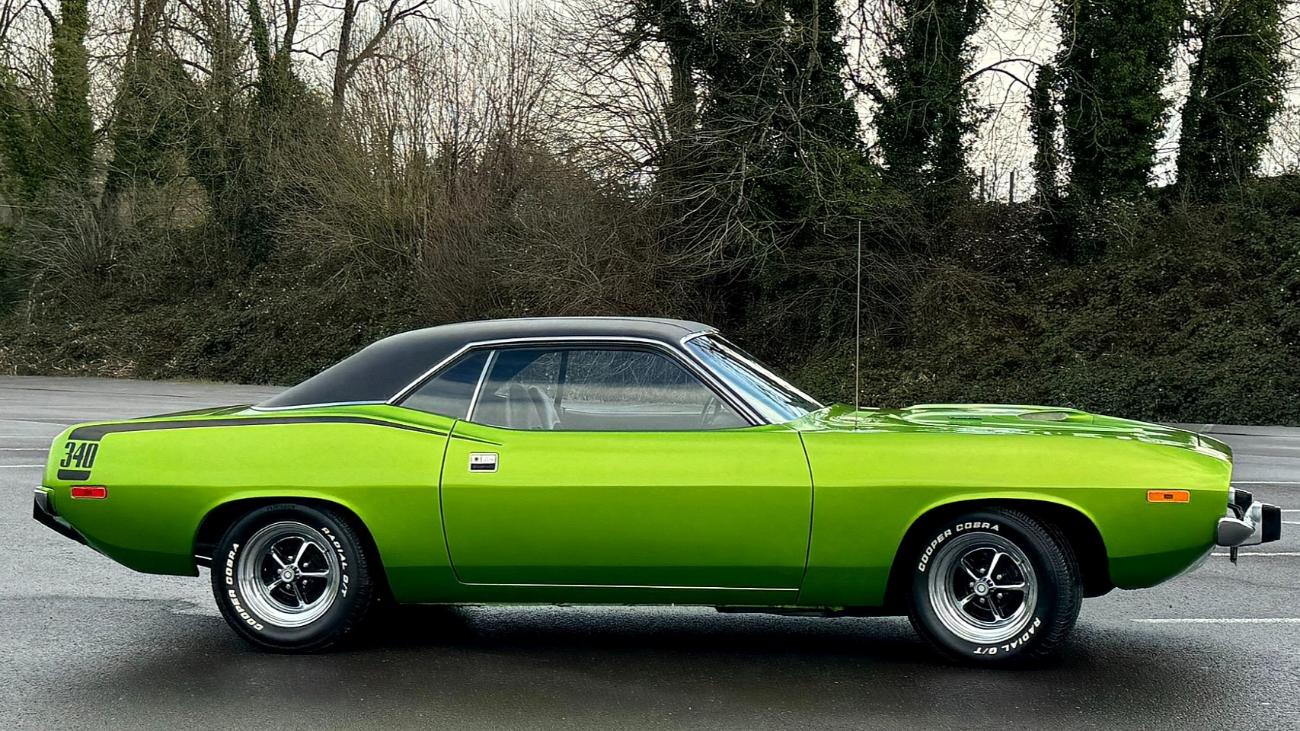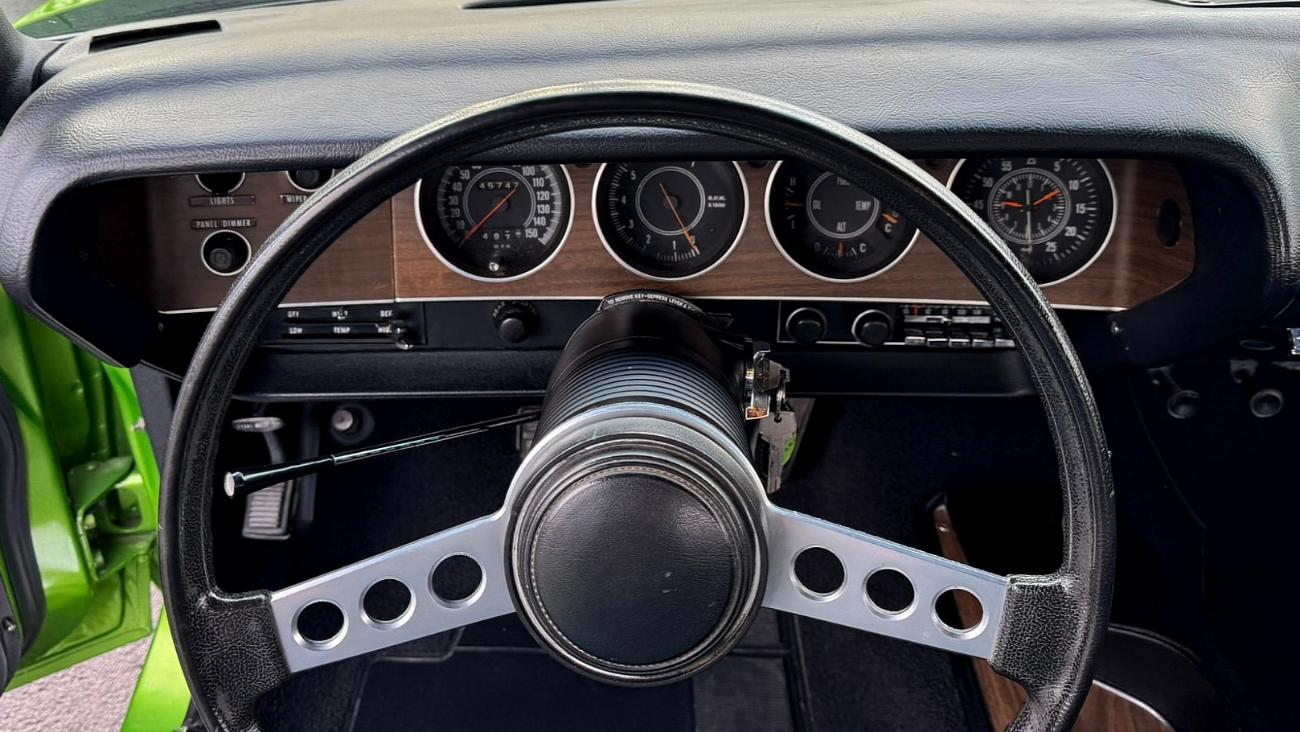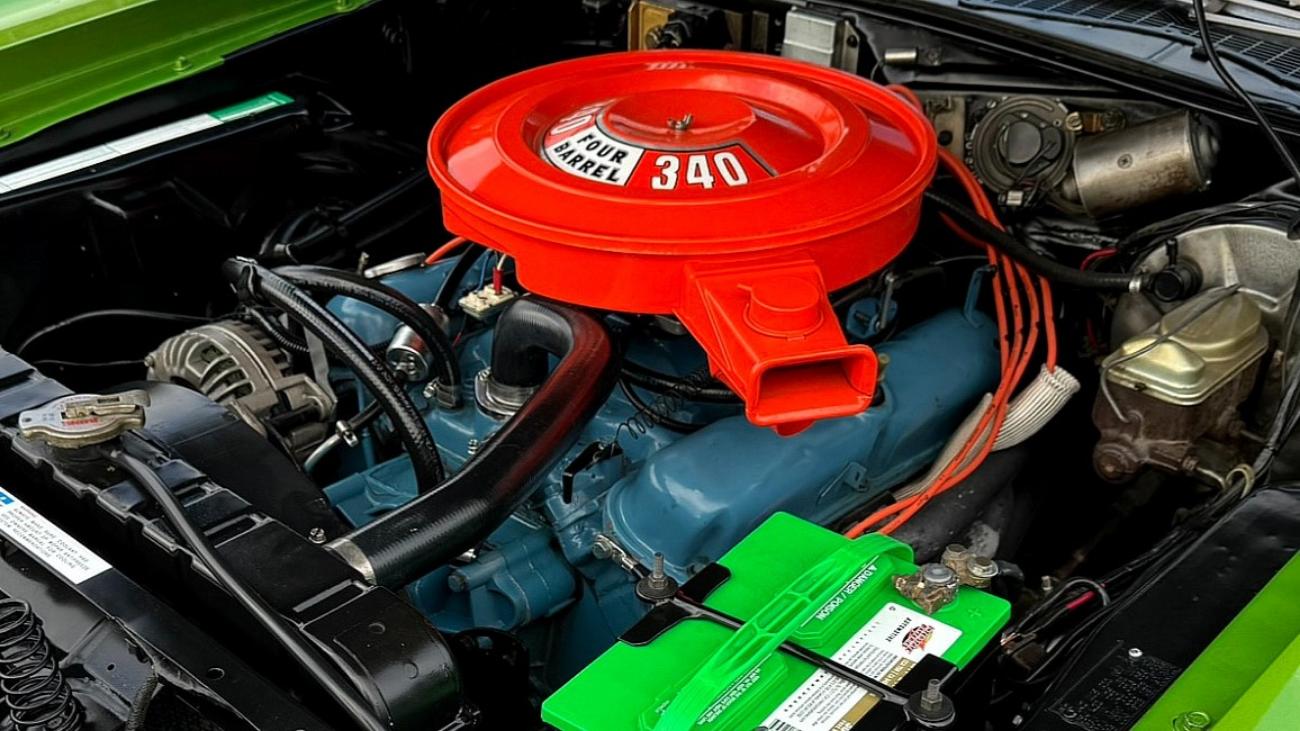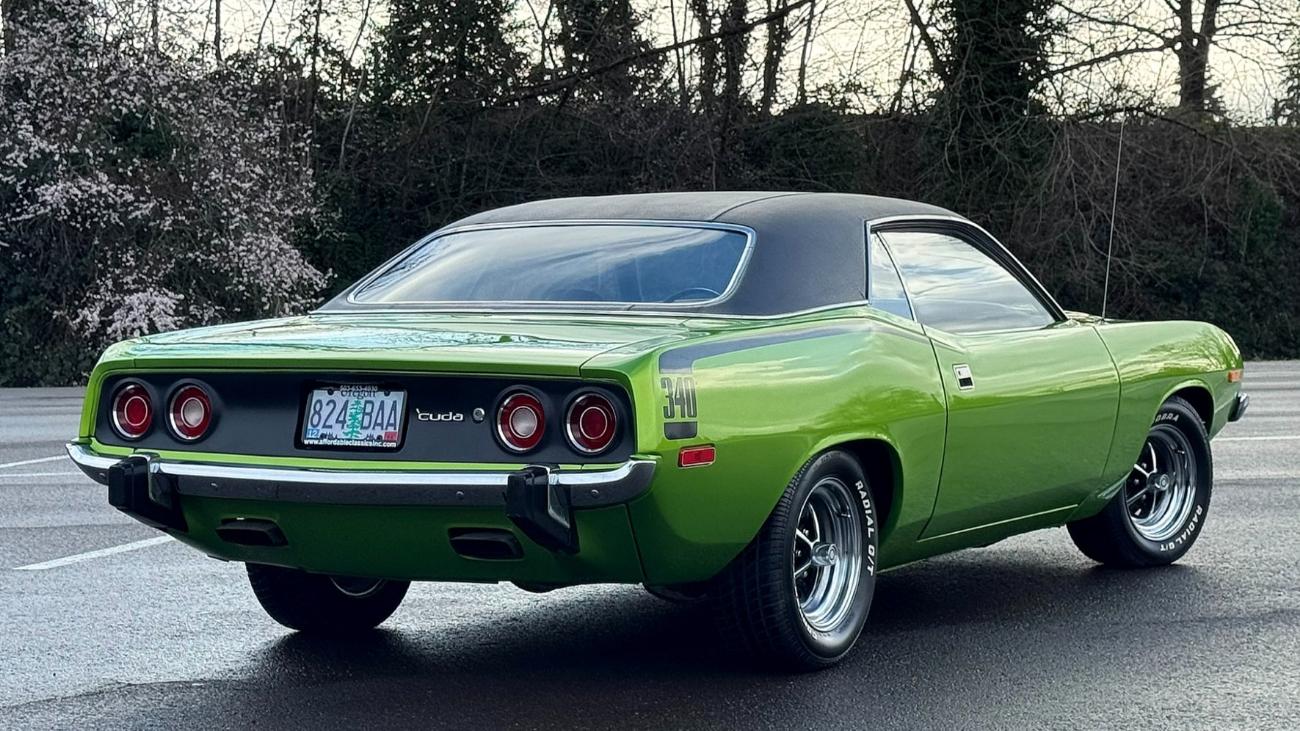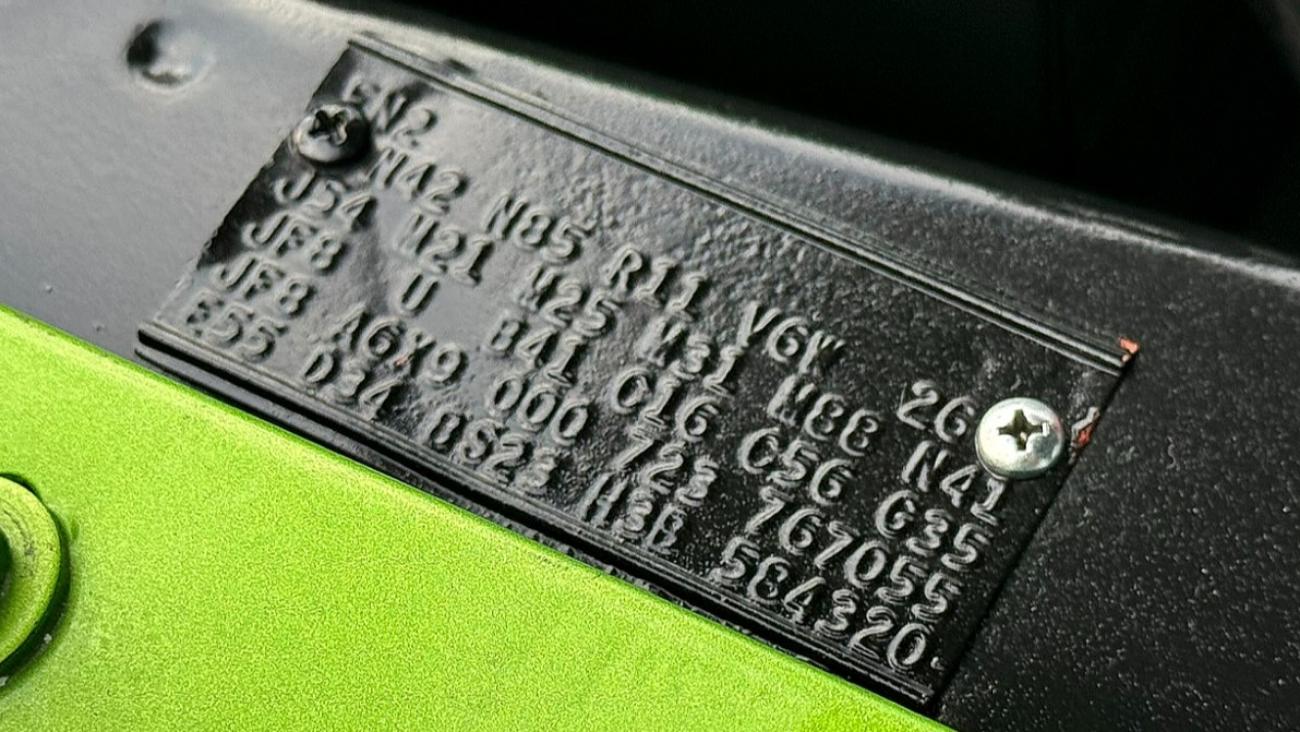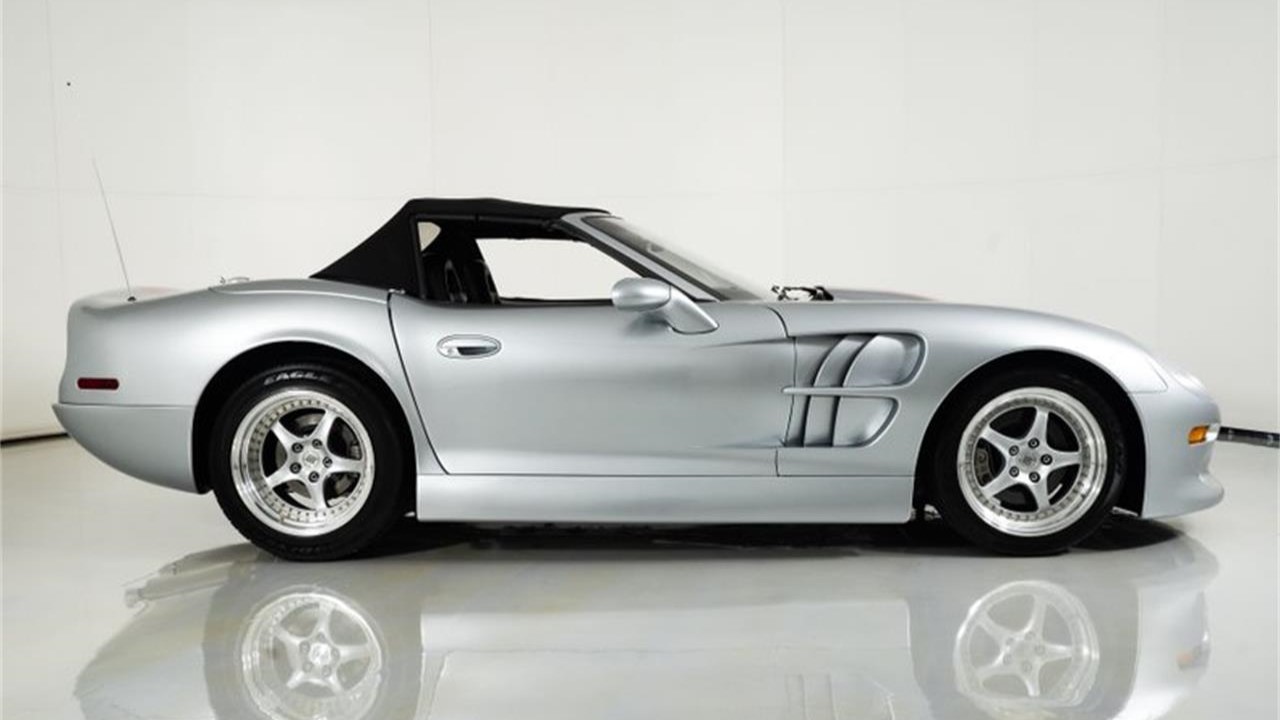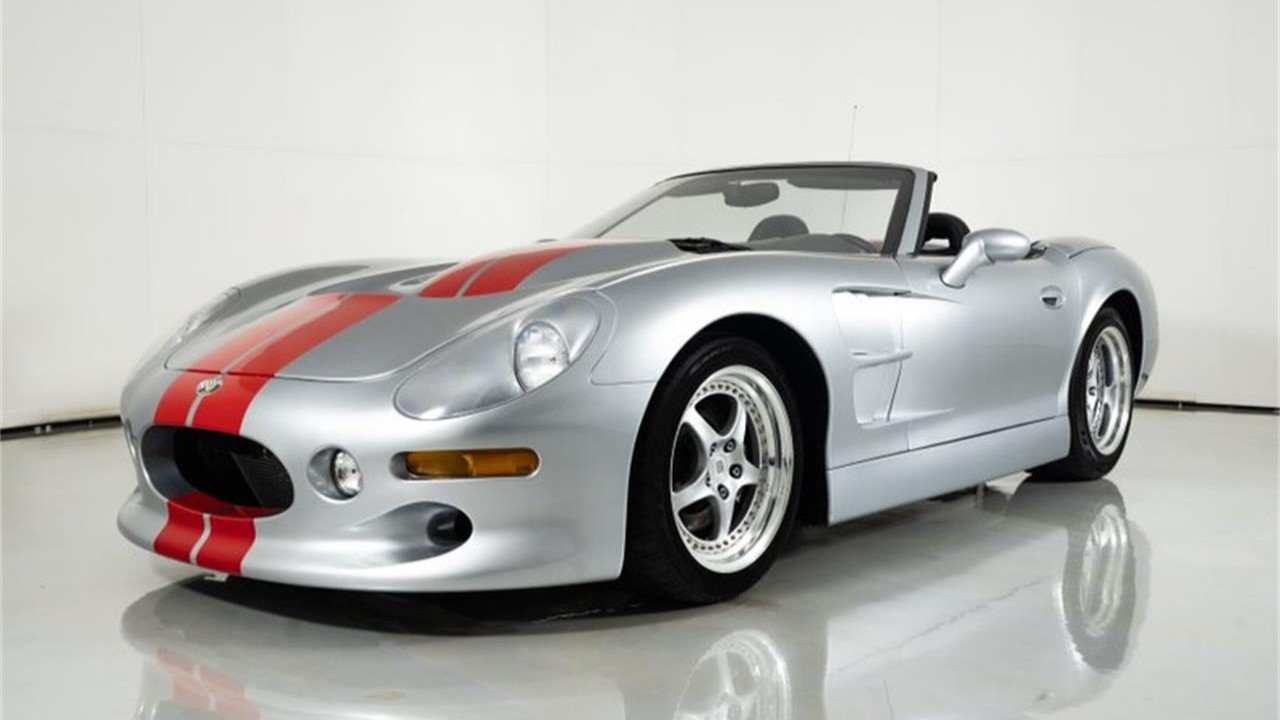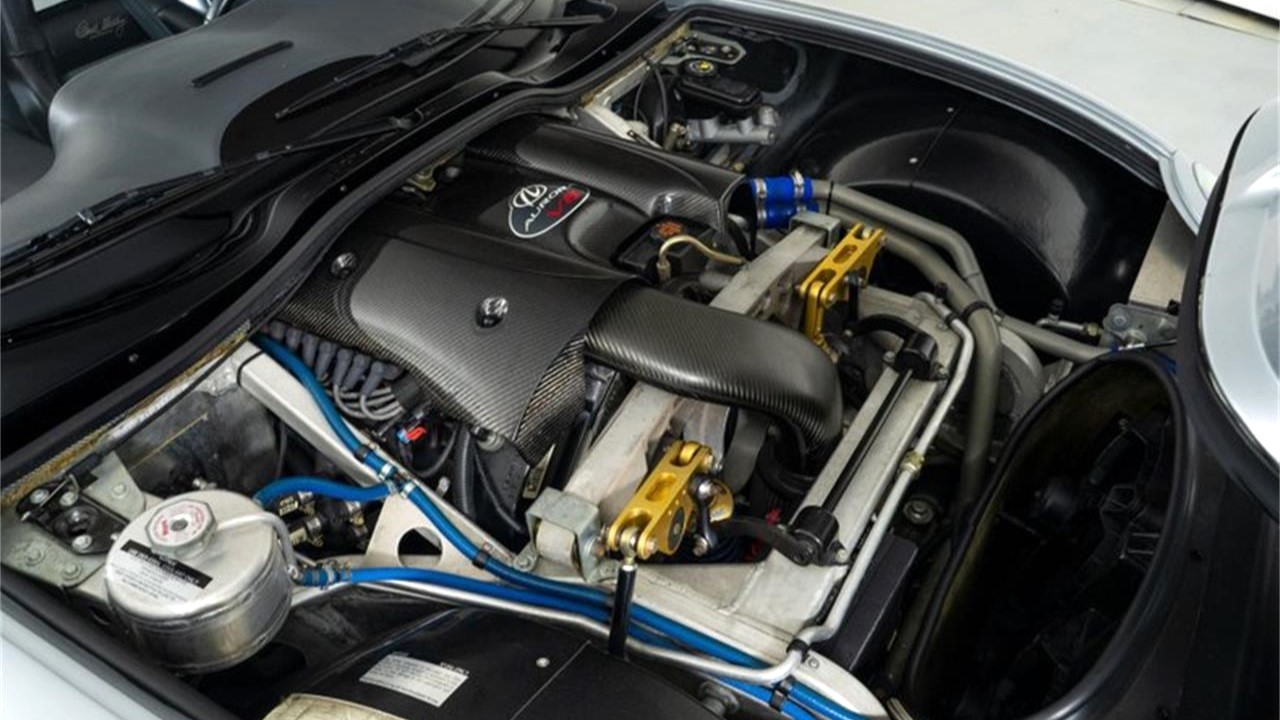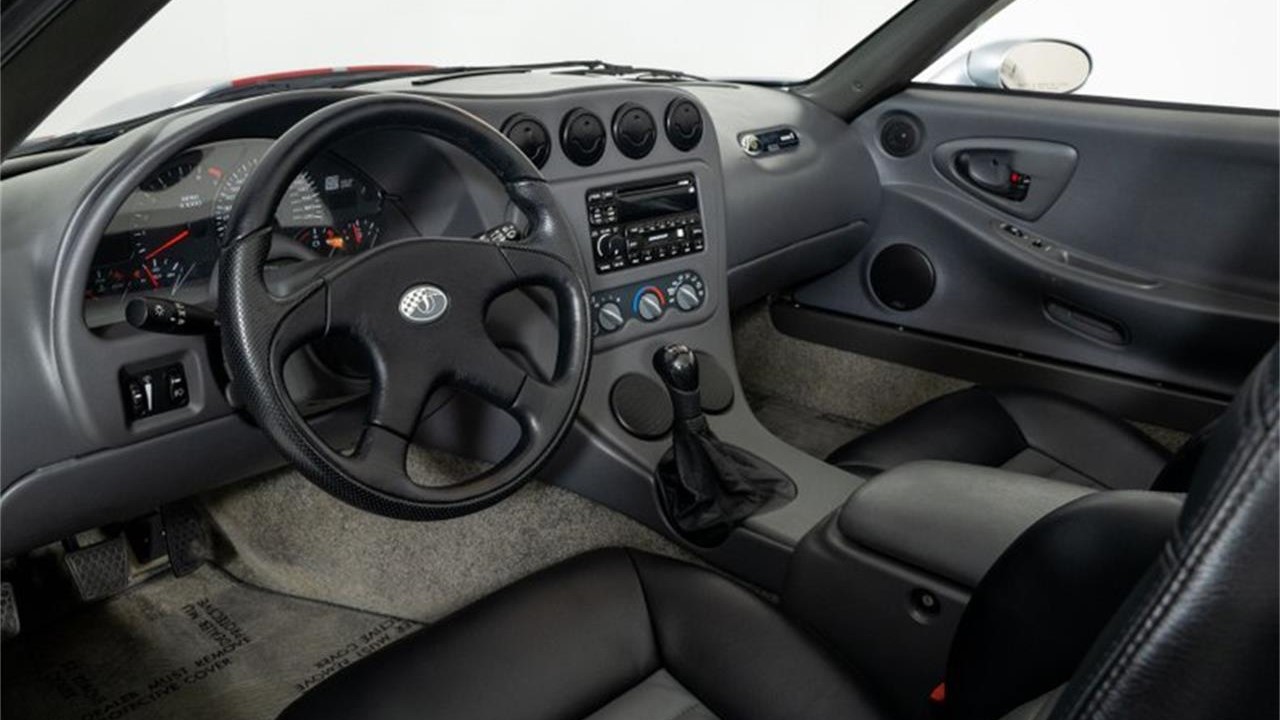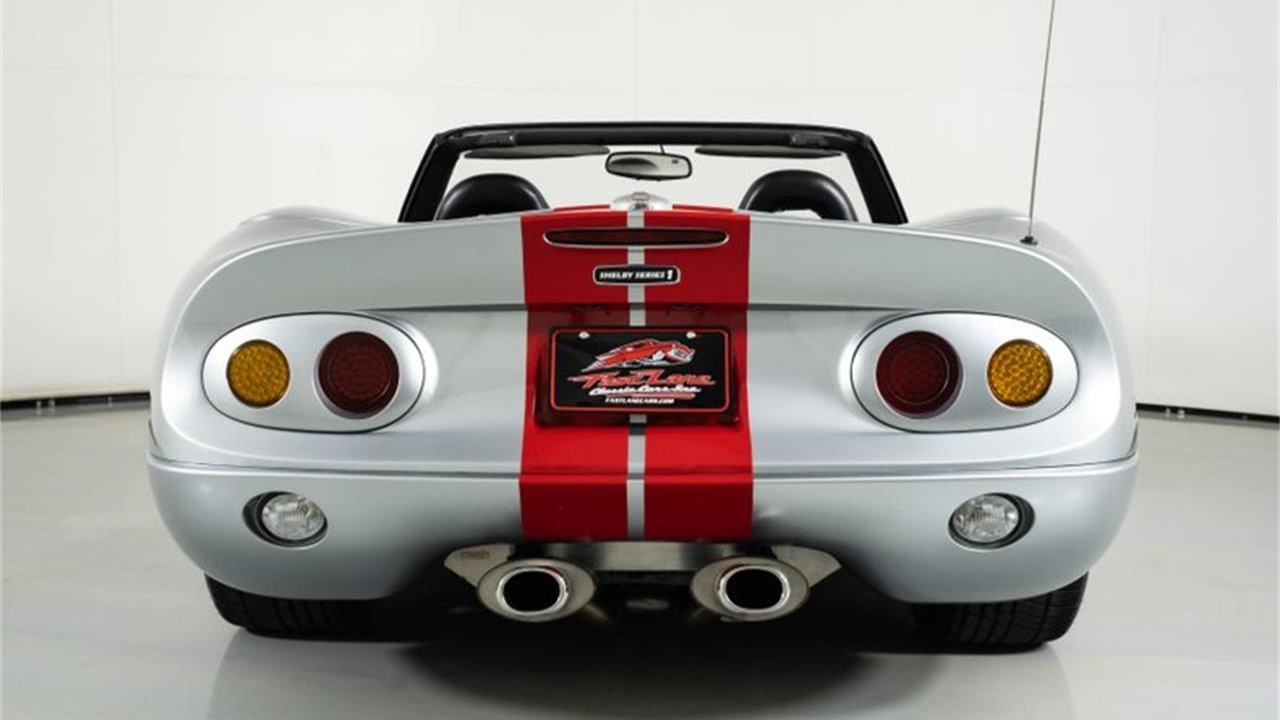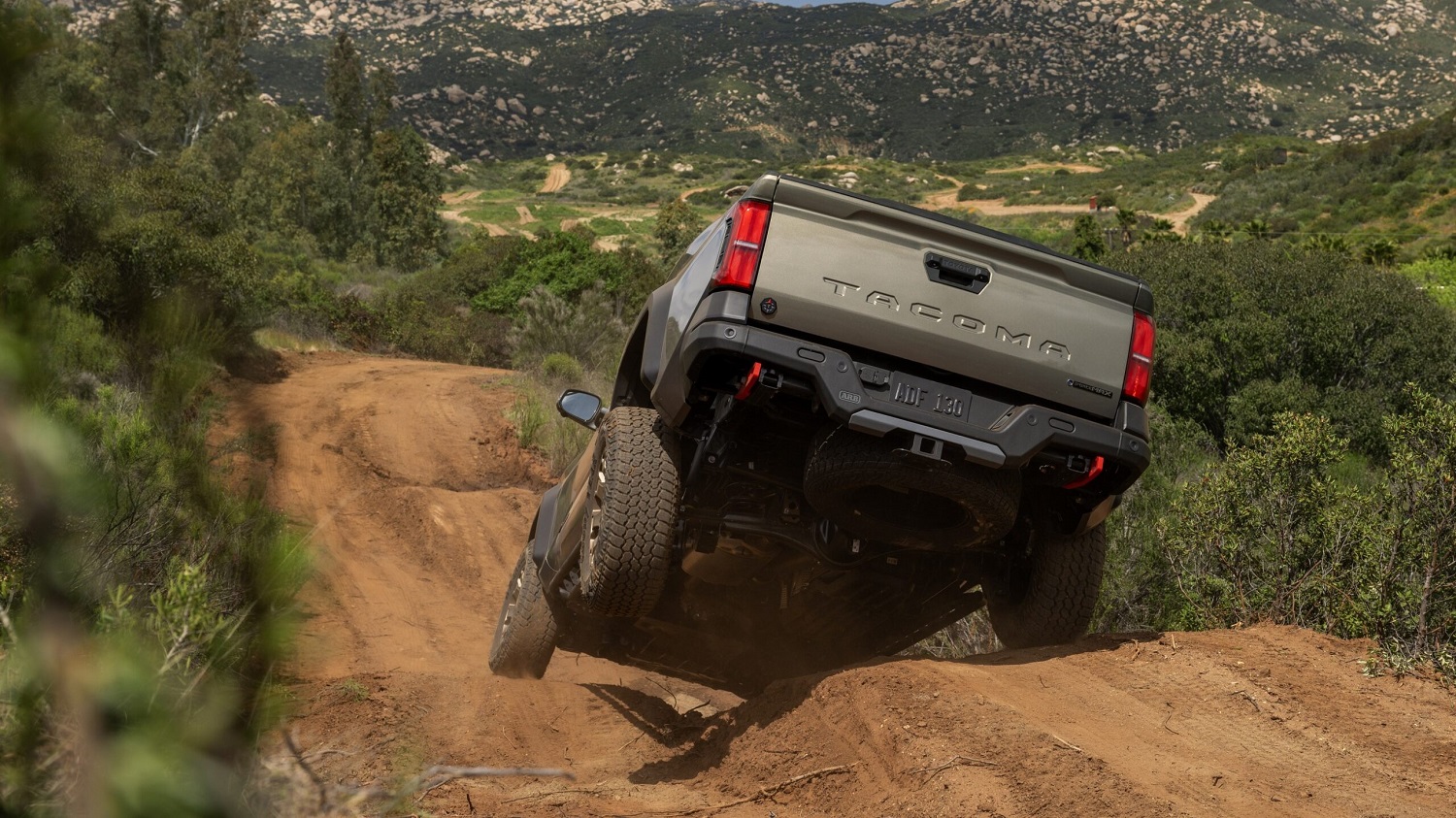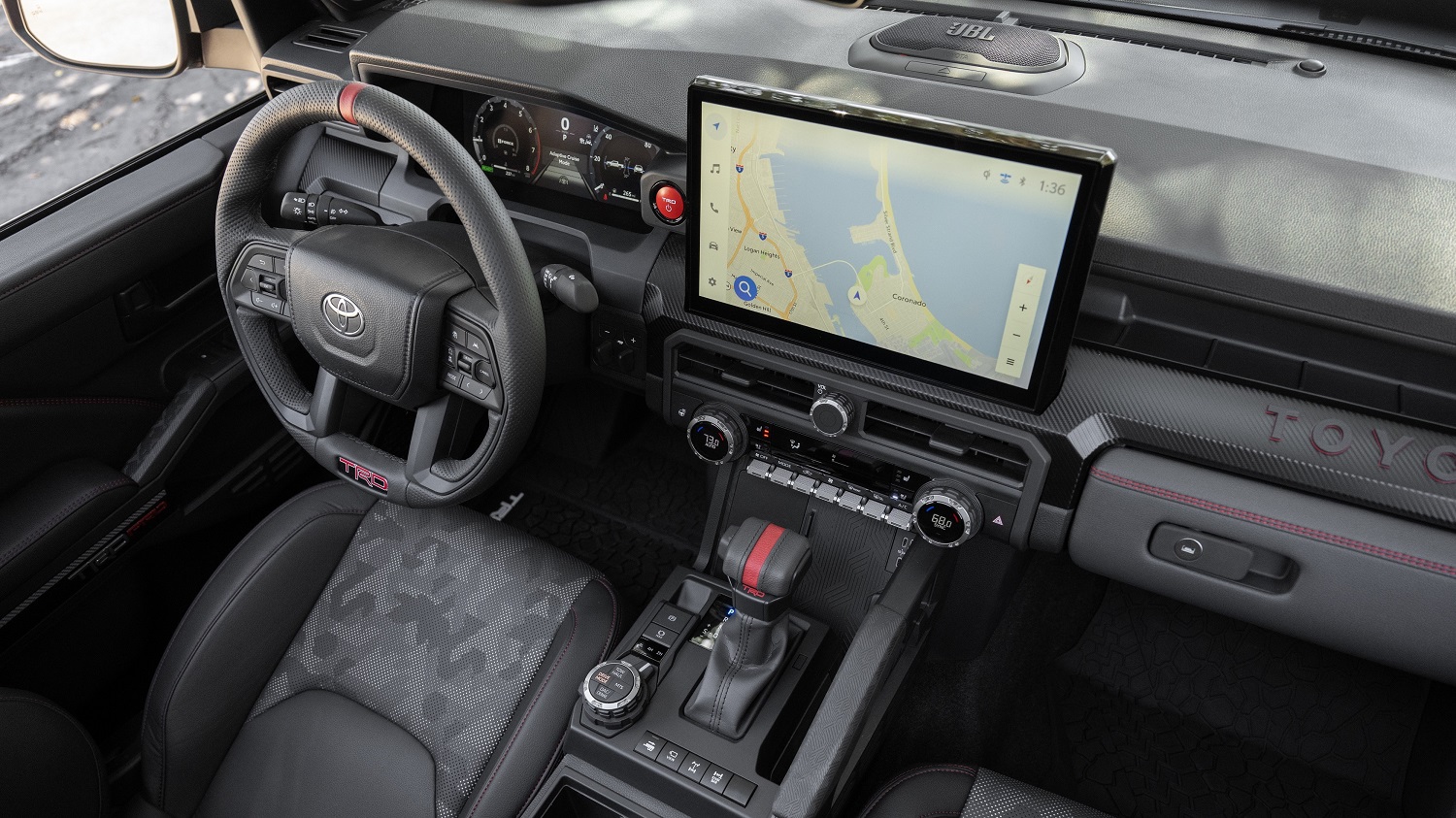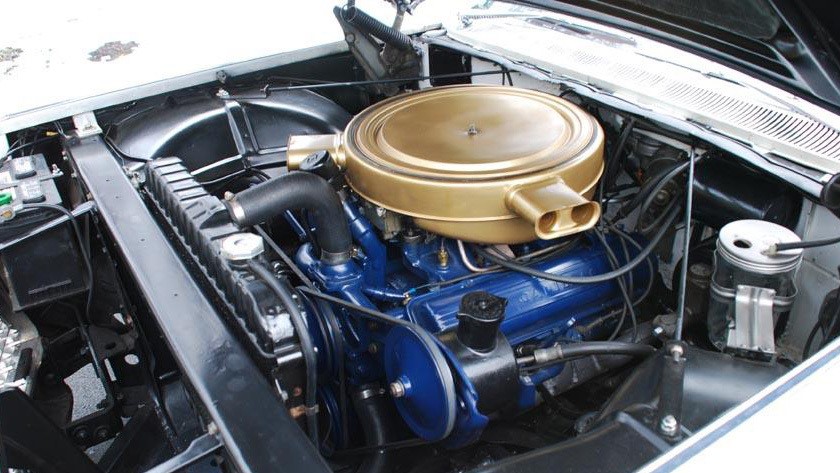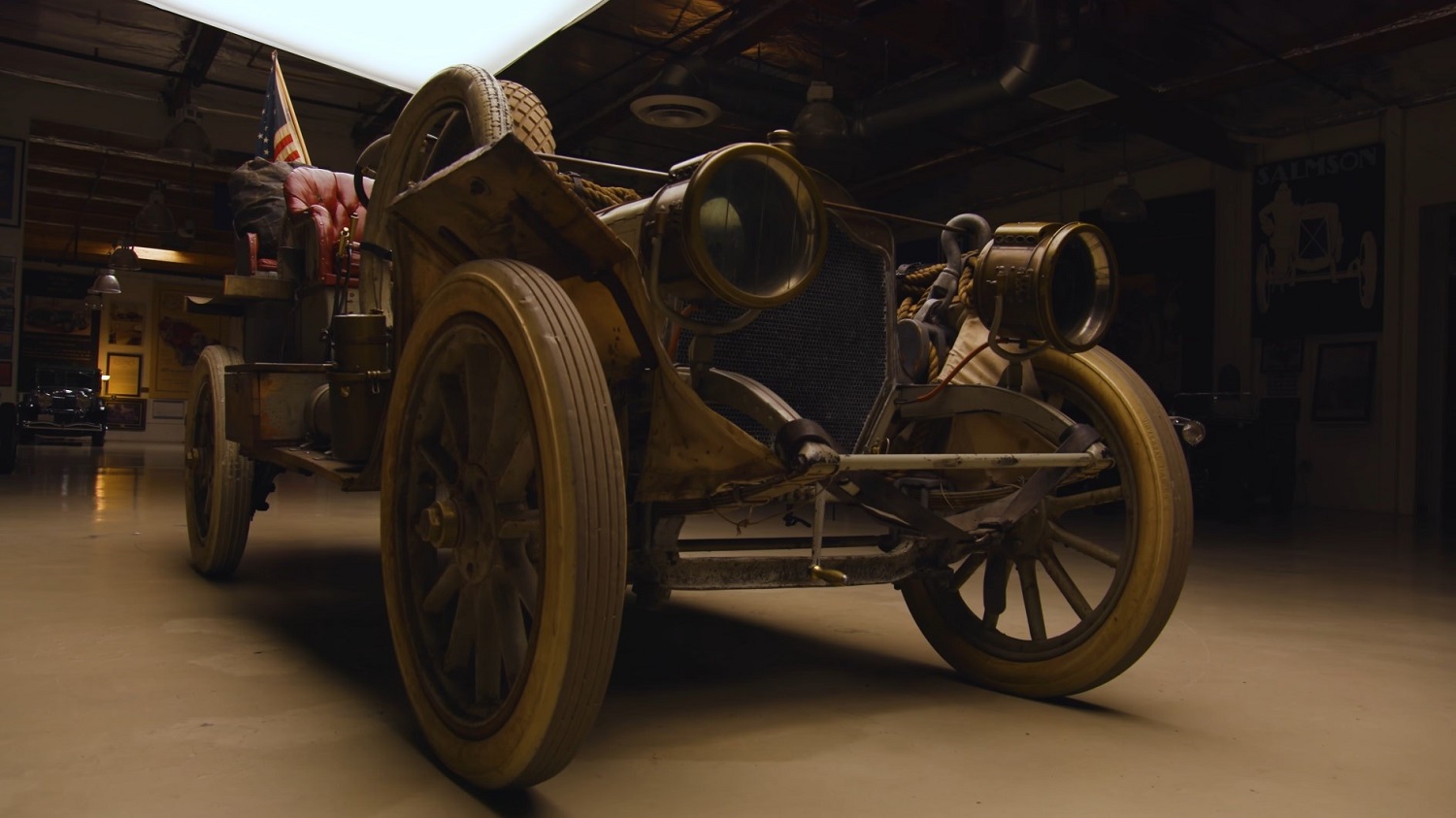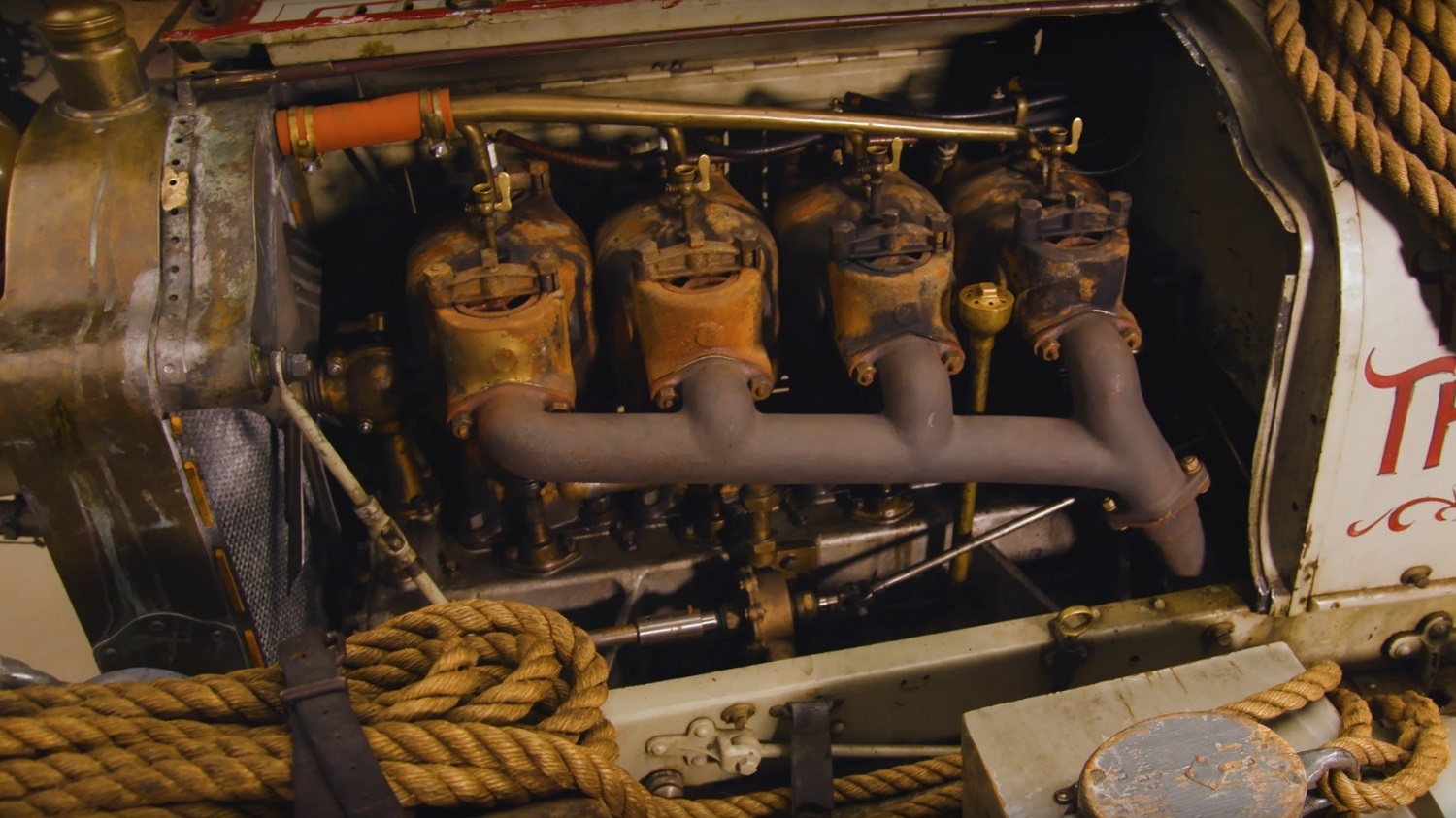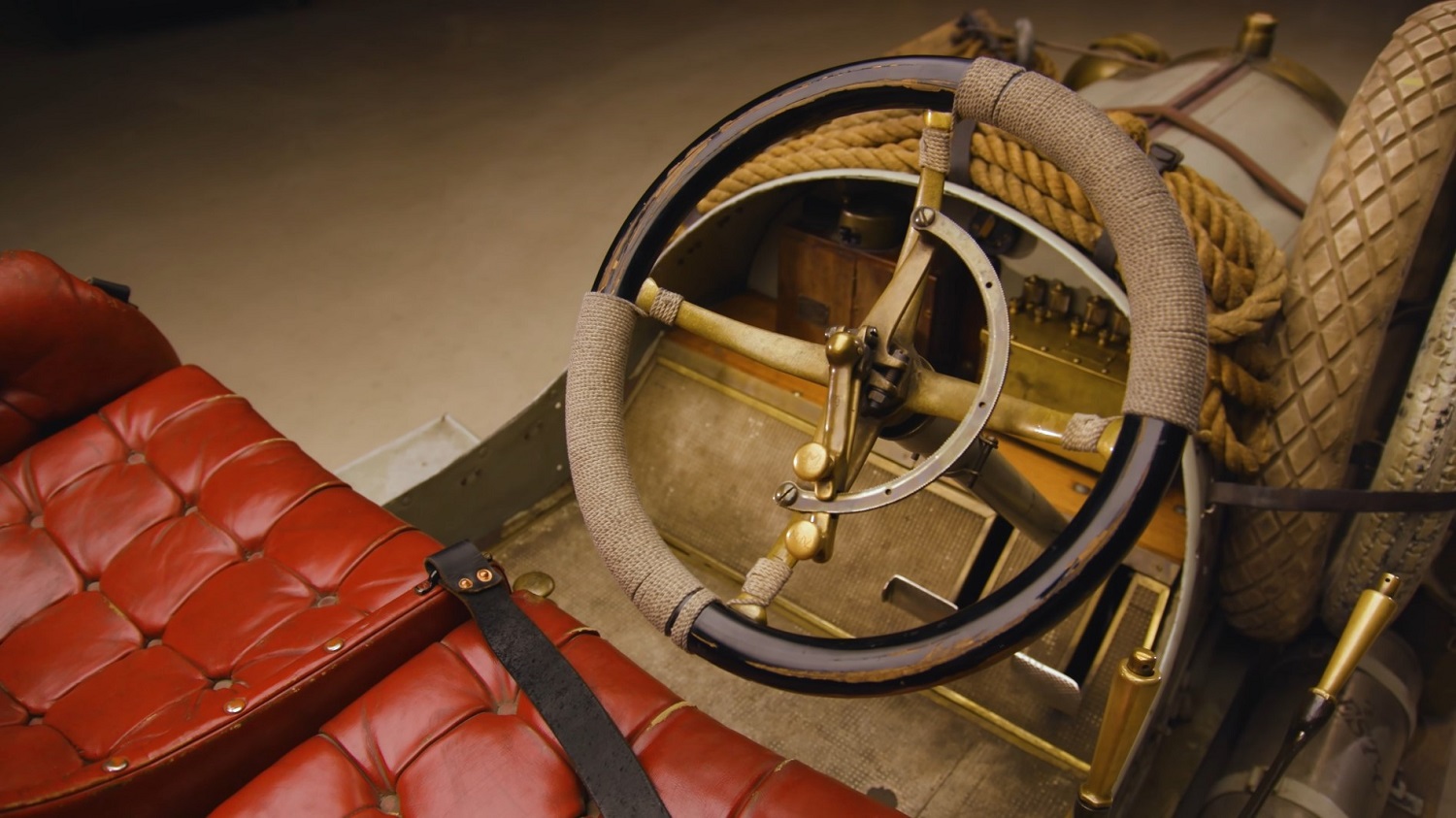“If you had to compete with GM, Ford and Chrysler, what would you do?” asked American Motors in a 1971 ad. Due to lack of funds, AMC was forced to restyle instead of redesign the Javelin. New style, combined with a new engine, helped the Javelin compete with the likes of strong competitors and weather the storm of emissions and safety standards. Our Pick of the Day, a 1973 Javelin, was a maximum effort during AMC’s struggles. It is listed for sale on ClassicCars.com by a dealership in metro Detroit.
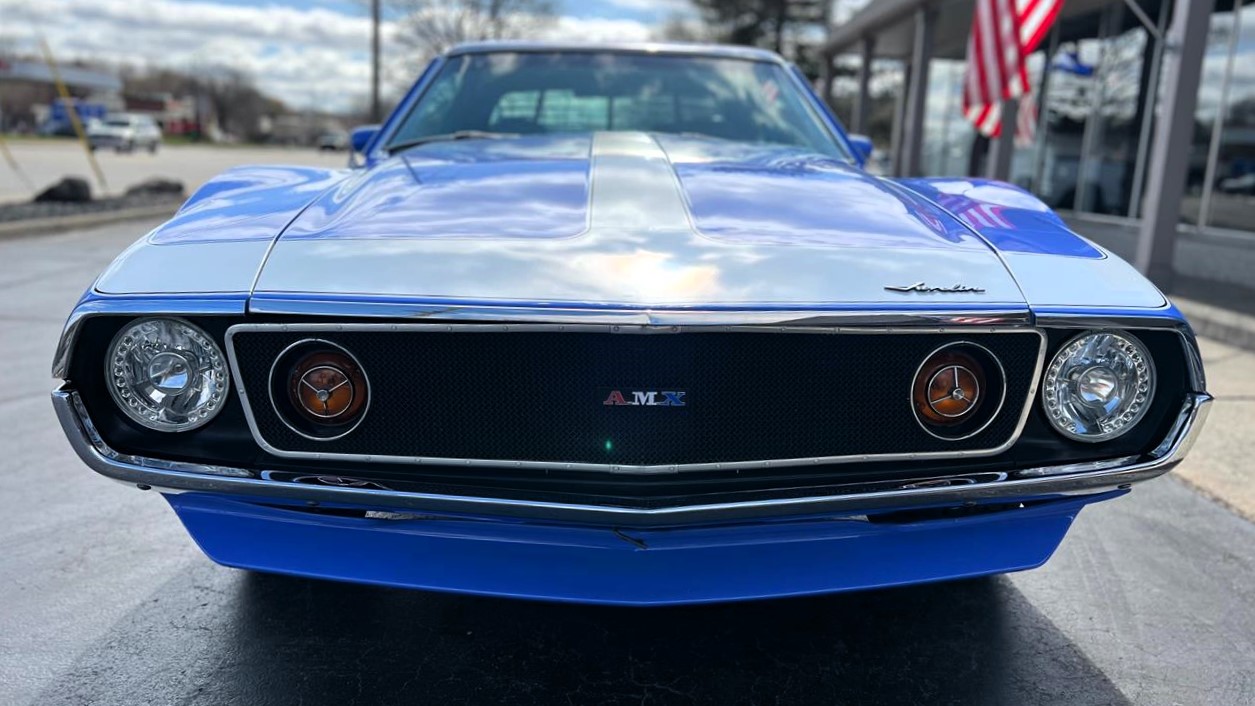
When the Javelin debuted for 1968, it was cheered by the motoring press. “It has a clean understated appearance that is not marred by phony vents, power bulges, mounds or bizarre sculpturing of whatever variety,” wrote Car and Driver. “The Javelin is an honest-looking car with a dramatic flair.” Its on-road performance was also praised. “It felt very much like a British sports car—with the same advantages as well as the same disadvantages. The Javelin is nearly neutral when pushed through a hard corner and a controllable, power-induced over-steer can be obtained whenever desired.”
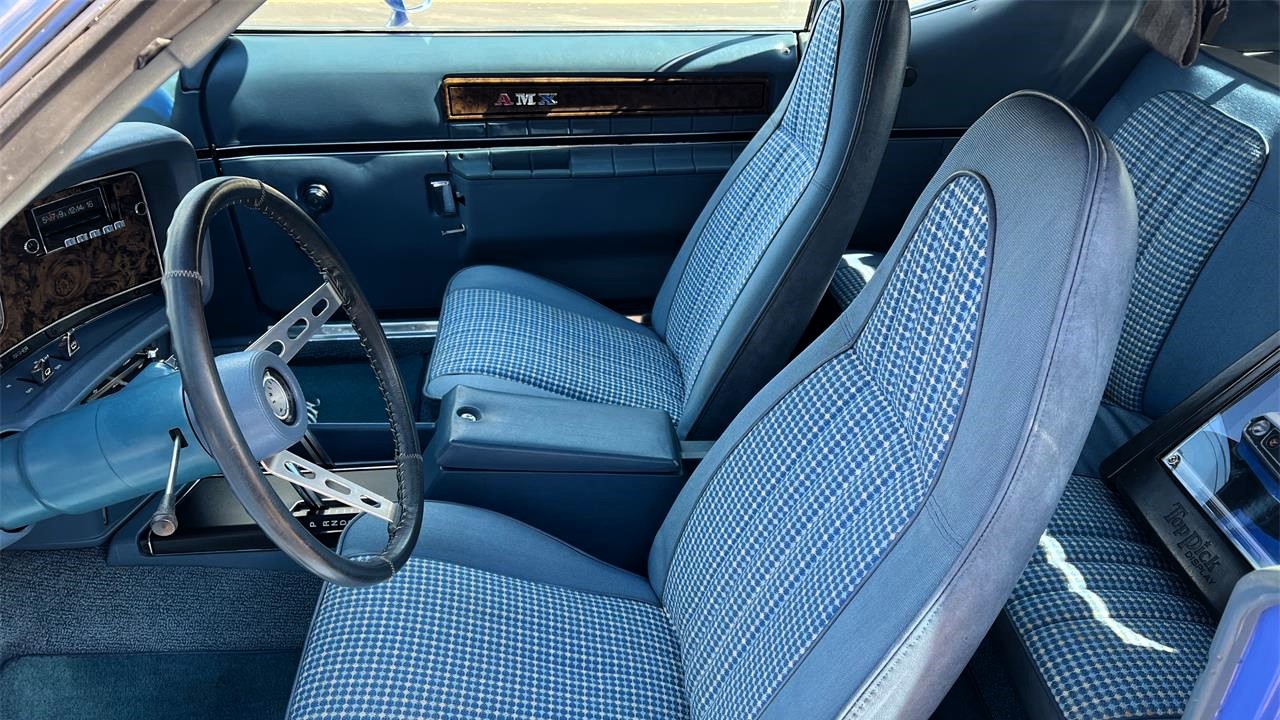
The Javelin was facelifted for 1970, then restyled for 1971, joining the Mustang and Cougar as the last of the updated pony cars. A longer nose with exaggerated wheel arches on the front fenders were said to be inspired by Can-Am race cars, while the chunky rear haunches did not come off as being Rubenesque. The two-seat AMX was discontinued, instead becoming a performance package for the Javelin. The revamped interior made great strides from the plastic-y interior from 1968-69, plus the instrument panel (wood-grained for Javelin, engine-turned with the AMX package) was contoured around the driver. The 401 replaced the 390 and offered up to 330 advertised horsepower before the industry moved to net ratings, while the 360 continued at the bottom end of the performance roster. A new cowl induction system was available, and interesting features like split vinyl top and corduroy interior offered distinction from the rest of the pony car set.
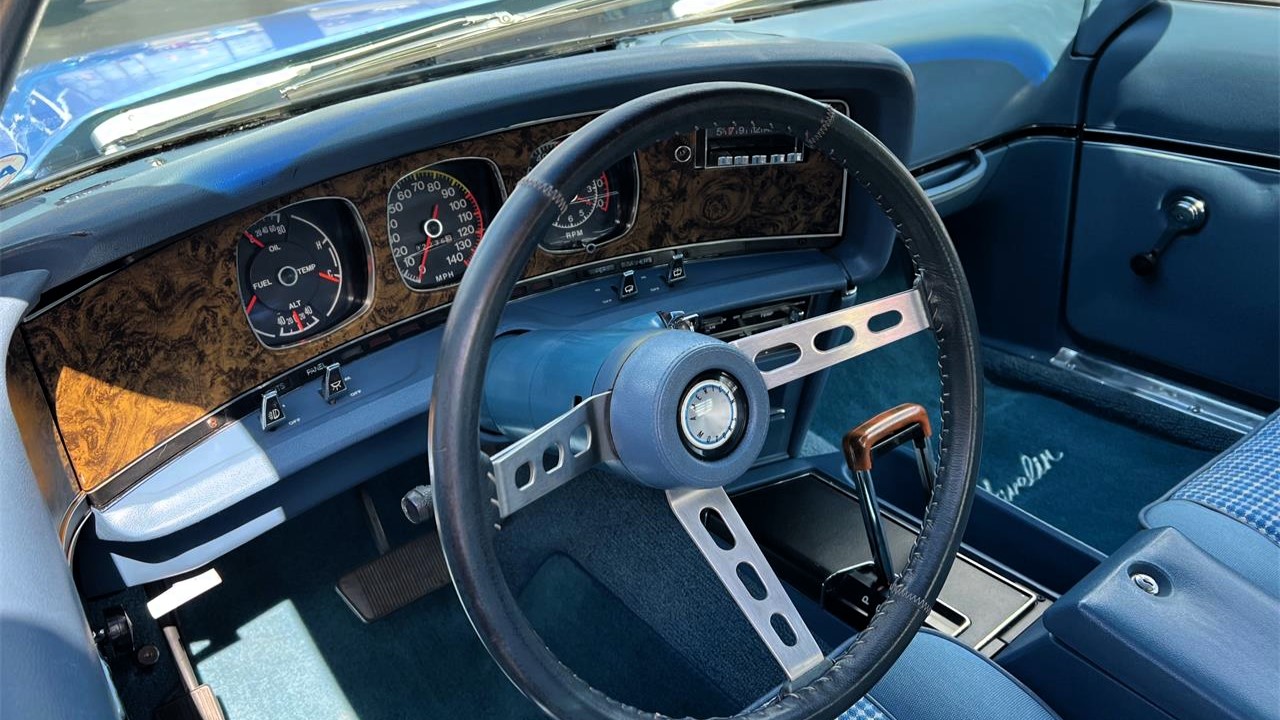
For 1973, a new recessed grille was similar to what AMXs used for 1971-72. And while new federal regulations required 5-mph protection up front, the Javelin emerged unscathed as it did not suffer from the fat lip that most cars were stuck with for the model year. Out back, “twin-pod” taillights replaced the full-width design that had been a hallmark sine the Javelin’s introduction. A new vinyl roof design covered the whole roof plus the flying-buttress C-pillars. If you liked stripes, there was a new Rally Stripe design yet again.
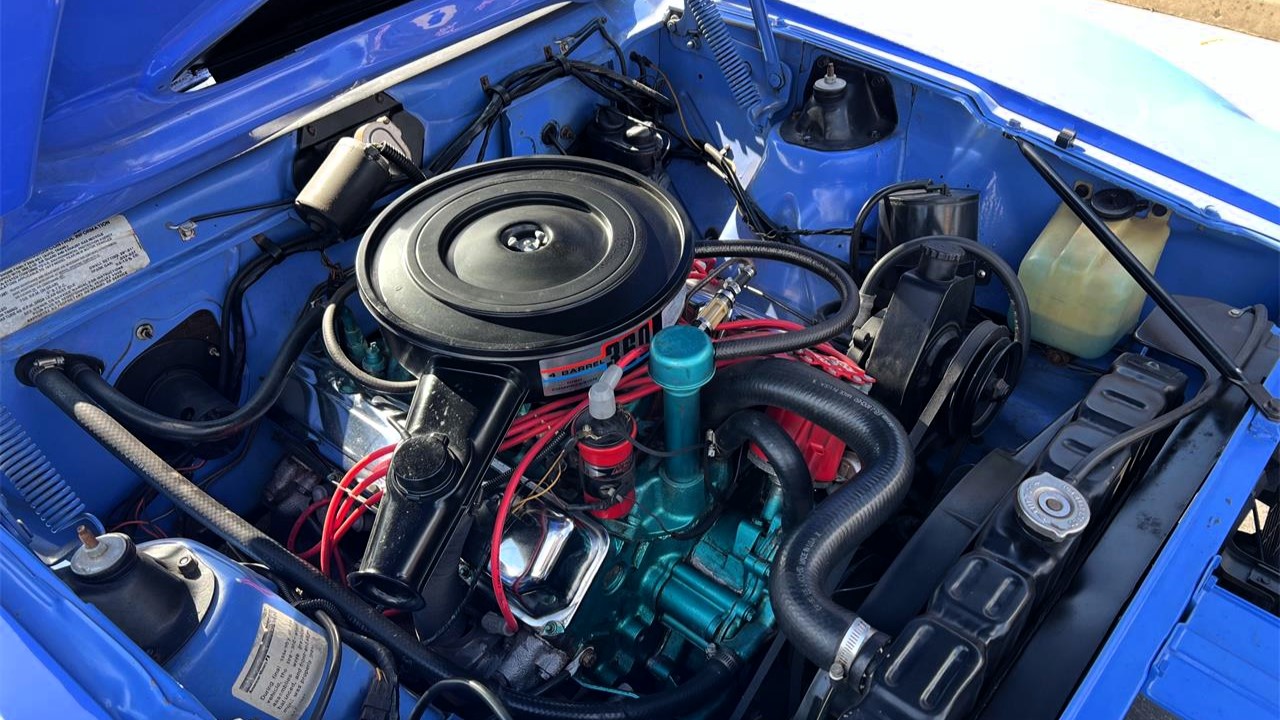
The Go Package for 360-4 and 401 engines included a T-stripe decal on the front end, black rear panel, Rally-Pac instrumentation, handling package, air induction, heavy-duty cooling, Twin-Grip differential, power disc brakes, 15×7 slotted wheels with E60x15 Polyglas tires, and space saver spare. Unusual for the era, 3.91 gears were available with four-speeds.
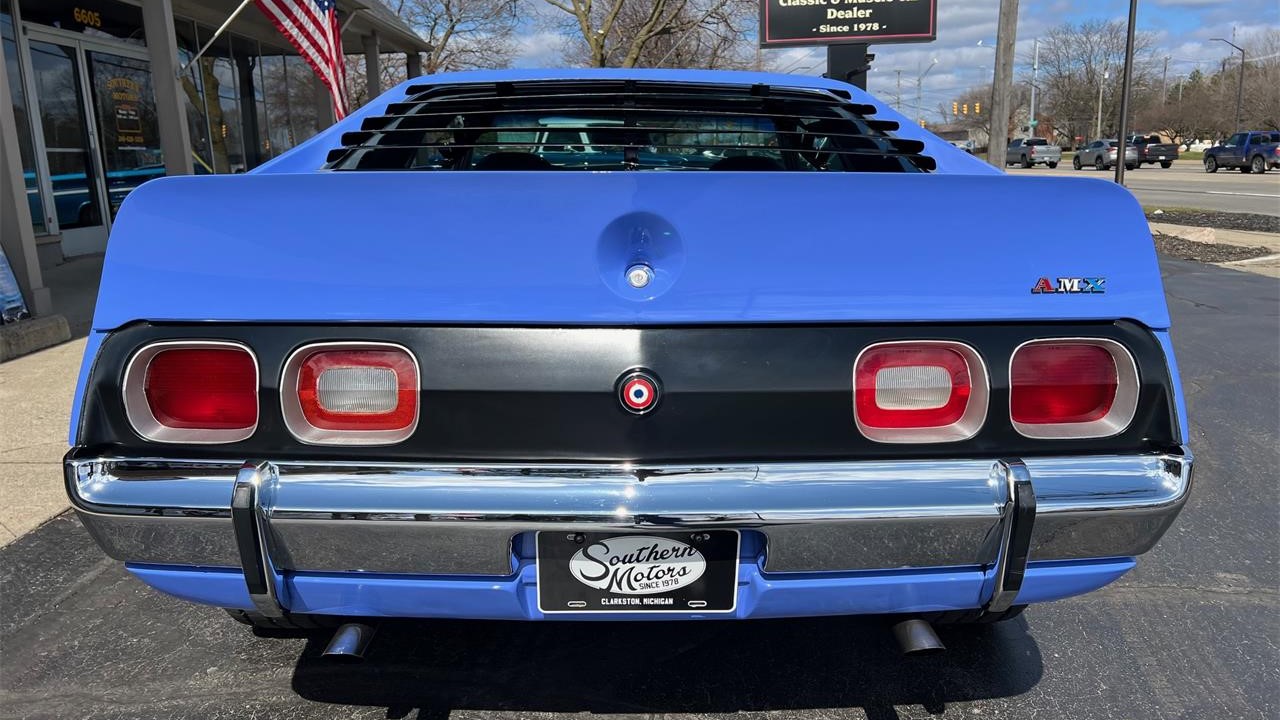
As you can see, the Javelin was properly equipped to do battle with most pony cars during those trying times, and this Maxi Blue 1973 Javelin shakes its moneymaker to the hilt. This is a great-looking car, and the optional Blue “Domino” fabric and vinyl interior only adds to the appeal. “Original (N) 360ci engine [that’s a 360 two-barrel], Holley 4bbl., factory intake and exhaust manifolds,” says the seller. Other features include power steering, console with automatic shifter, dual painted mirrors, MSD Pro-Billet distributor, factory air cleaner and chrome valve covers, factory radiator with shroud, H-pipe Flowmasters, updated headlights, and more. Note the AMX spoiler and grille, the latter which you can tell by the round (not rectangular) parking lights.
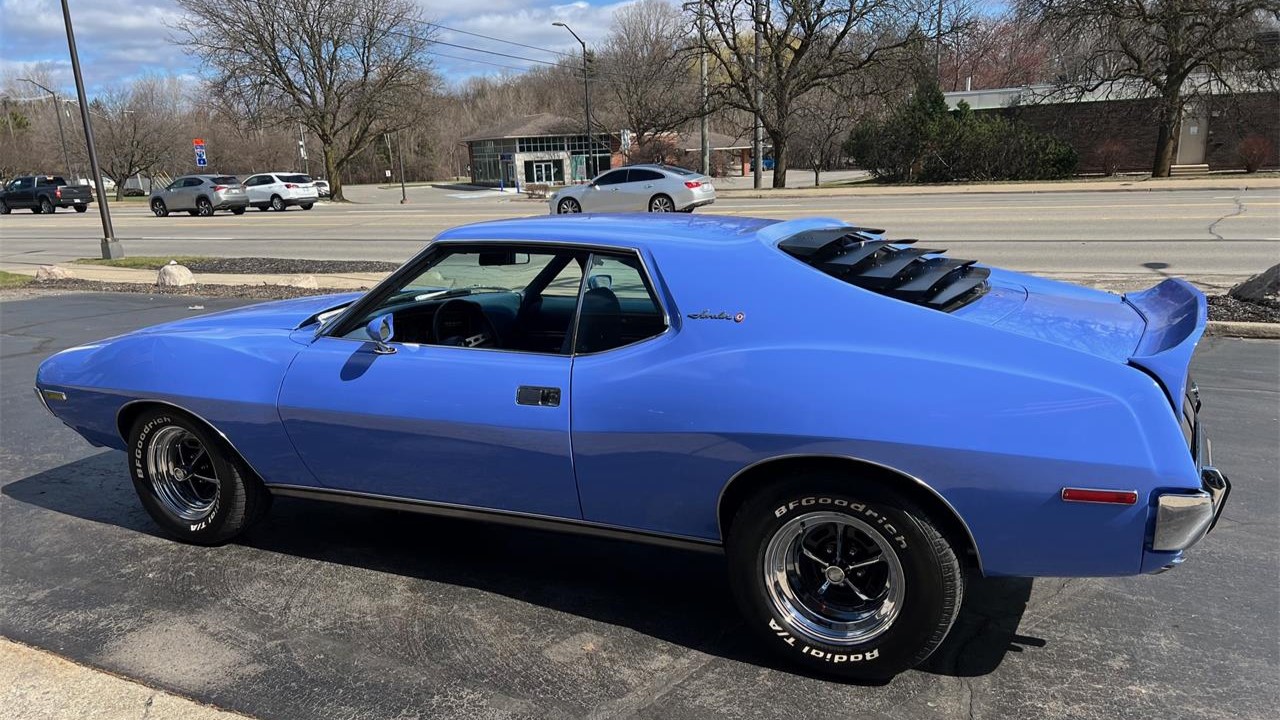
Only 7,351 Javelins were built with the 360 (both two- and four-barrel), but who cares about rarity (or lack thereof) when you have horsepower and hues in your corner? To score maximum pony car, you’ll need to pony up $38,900.
Click here to view this Pick of the Day on ClassicCars.com

